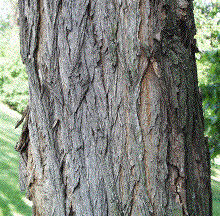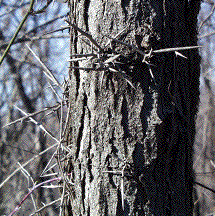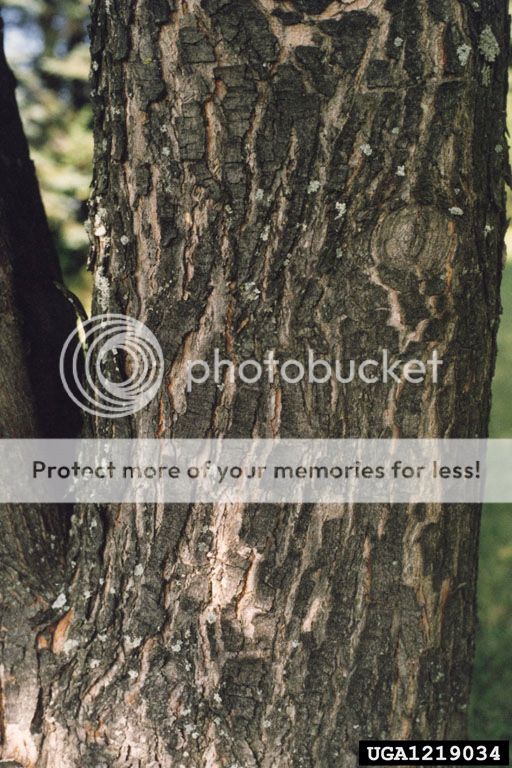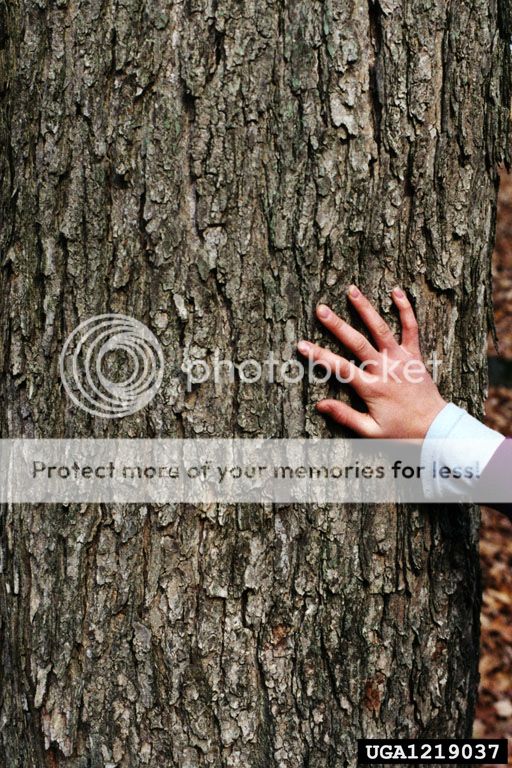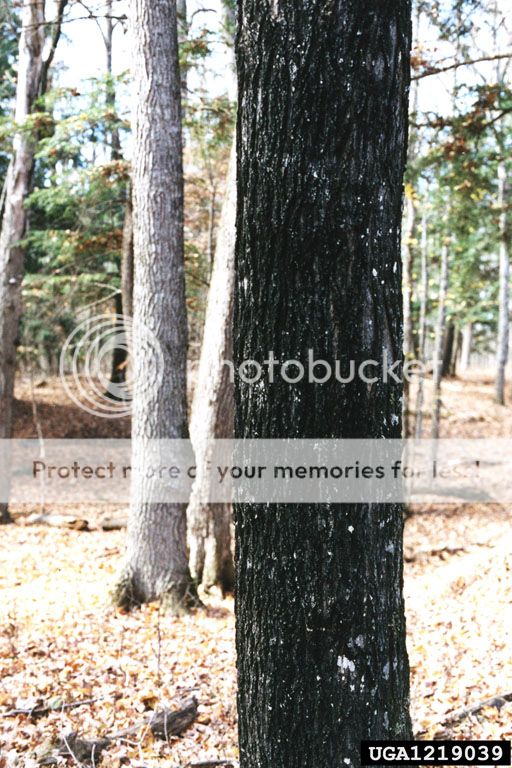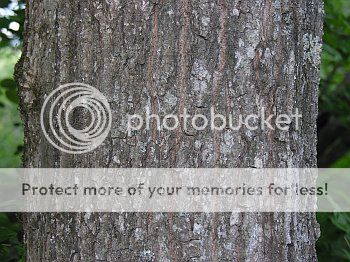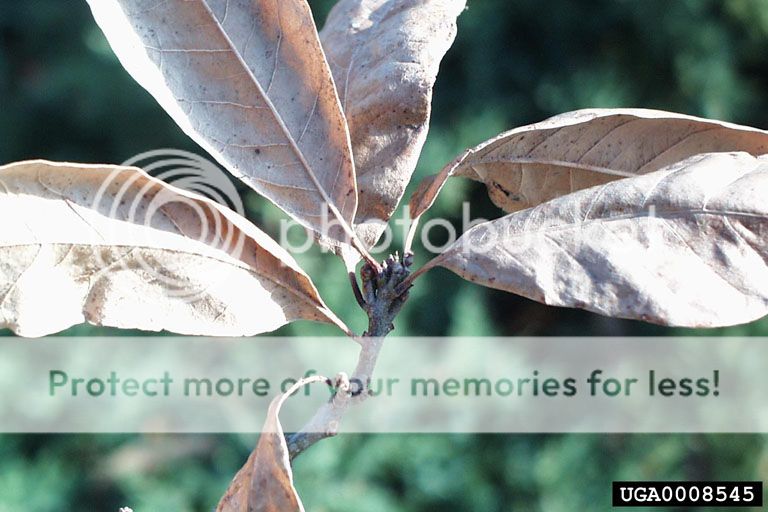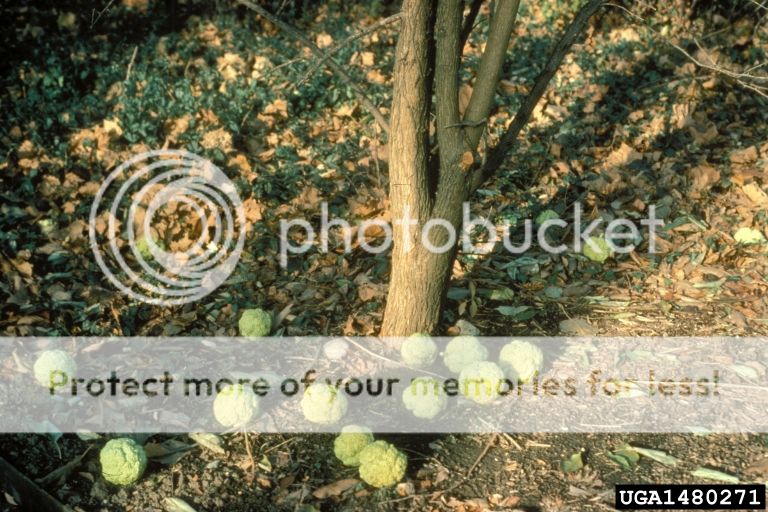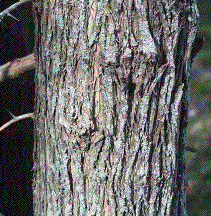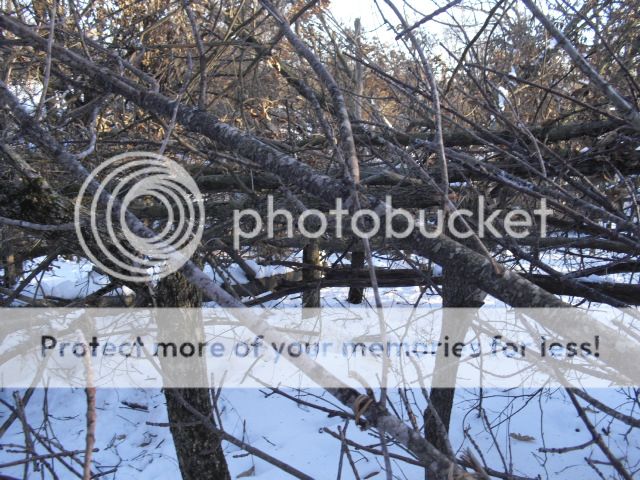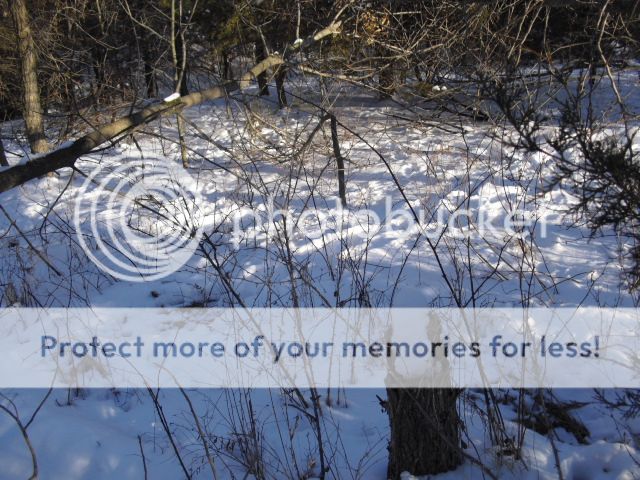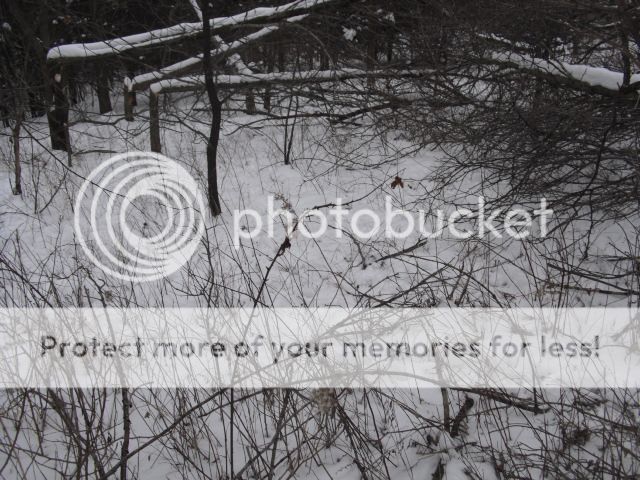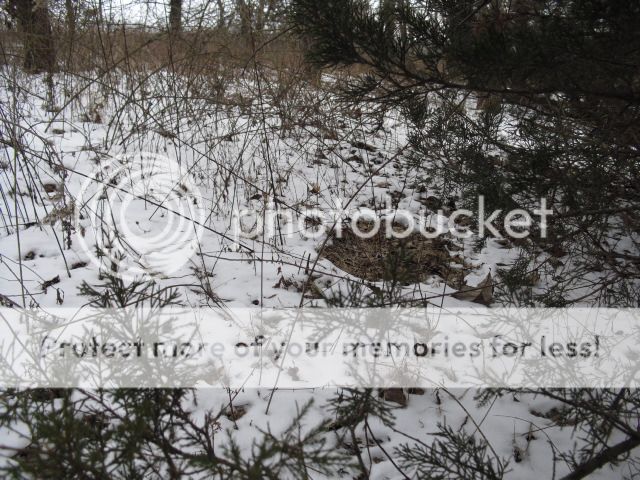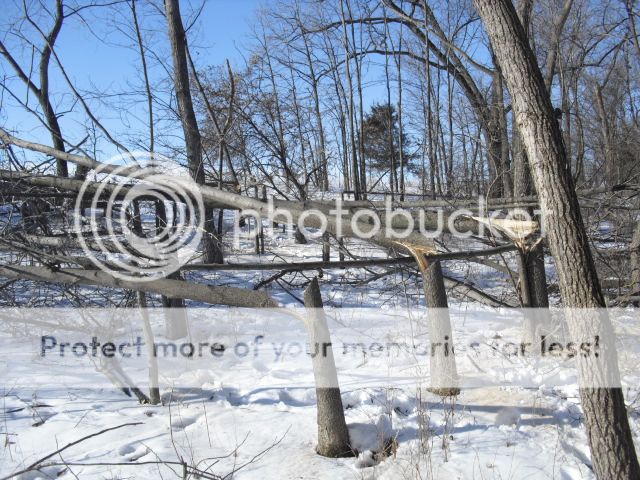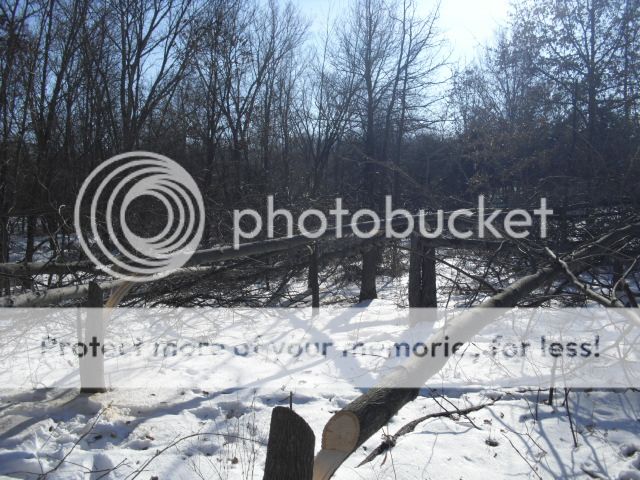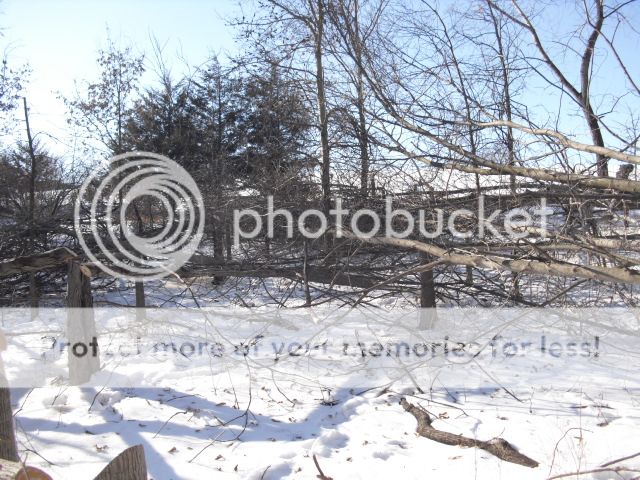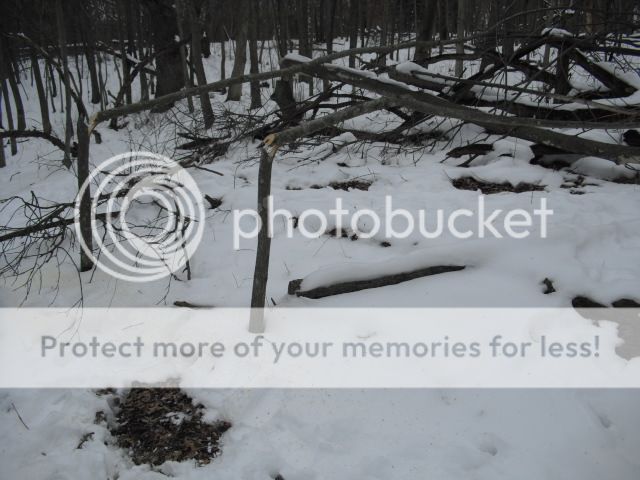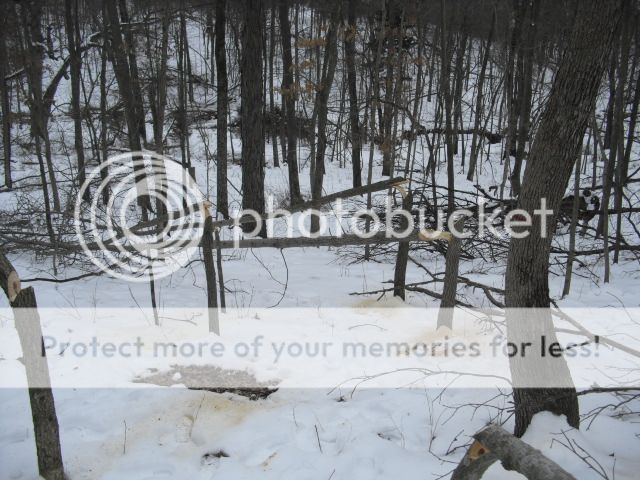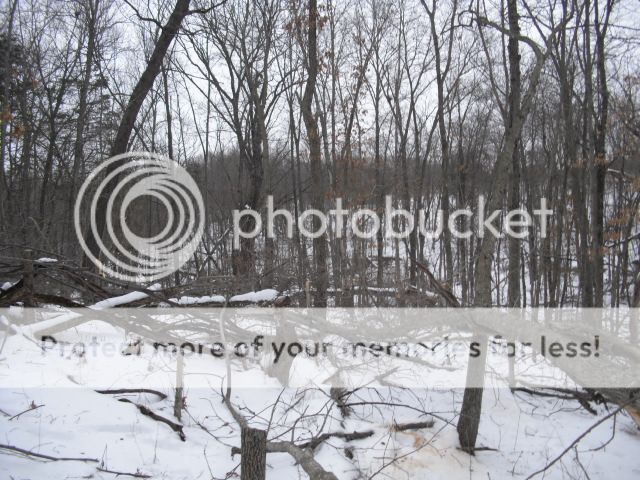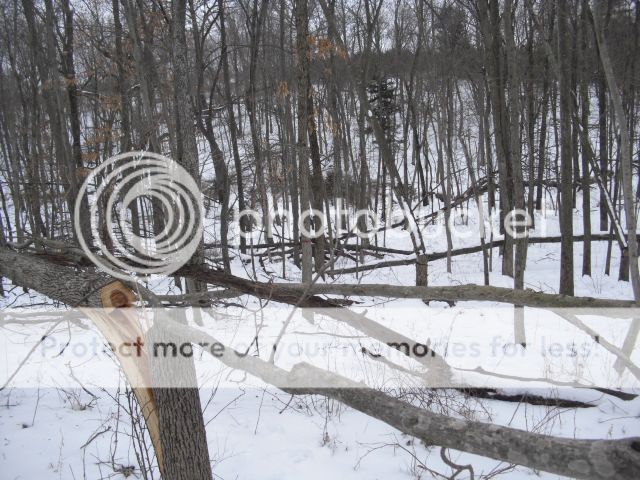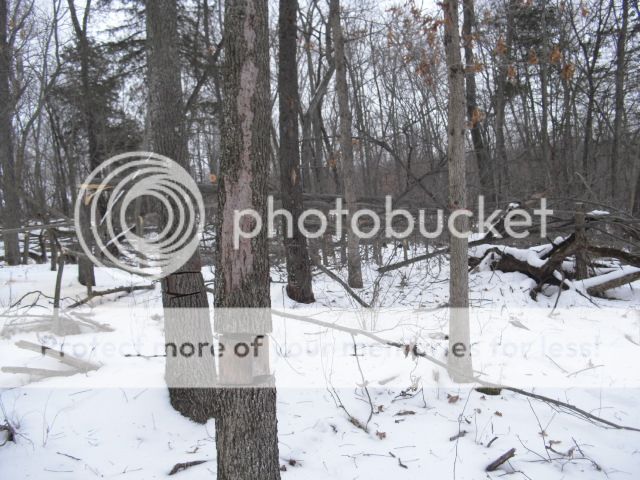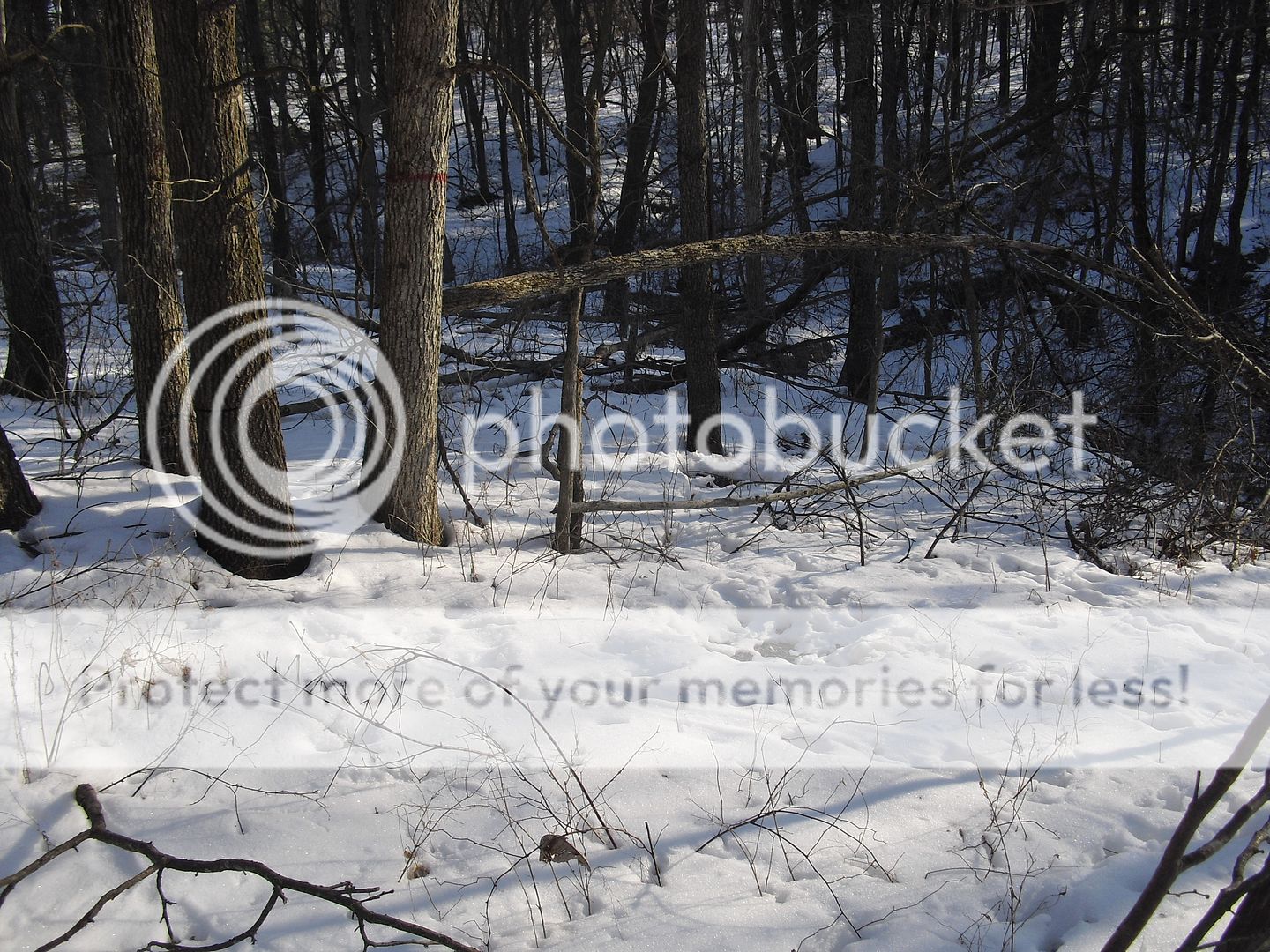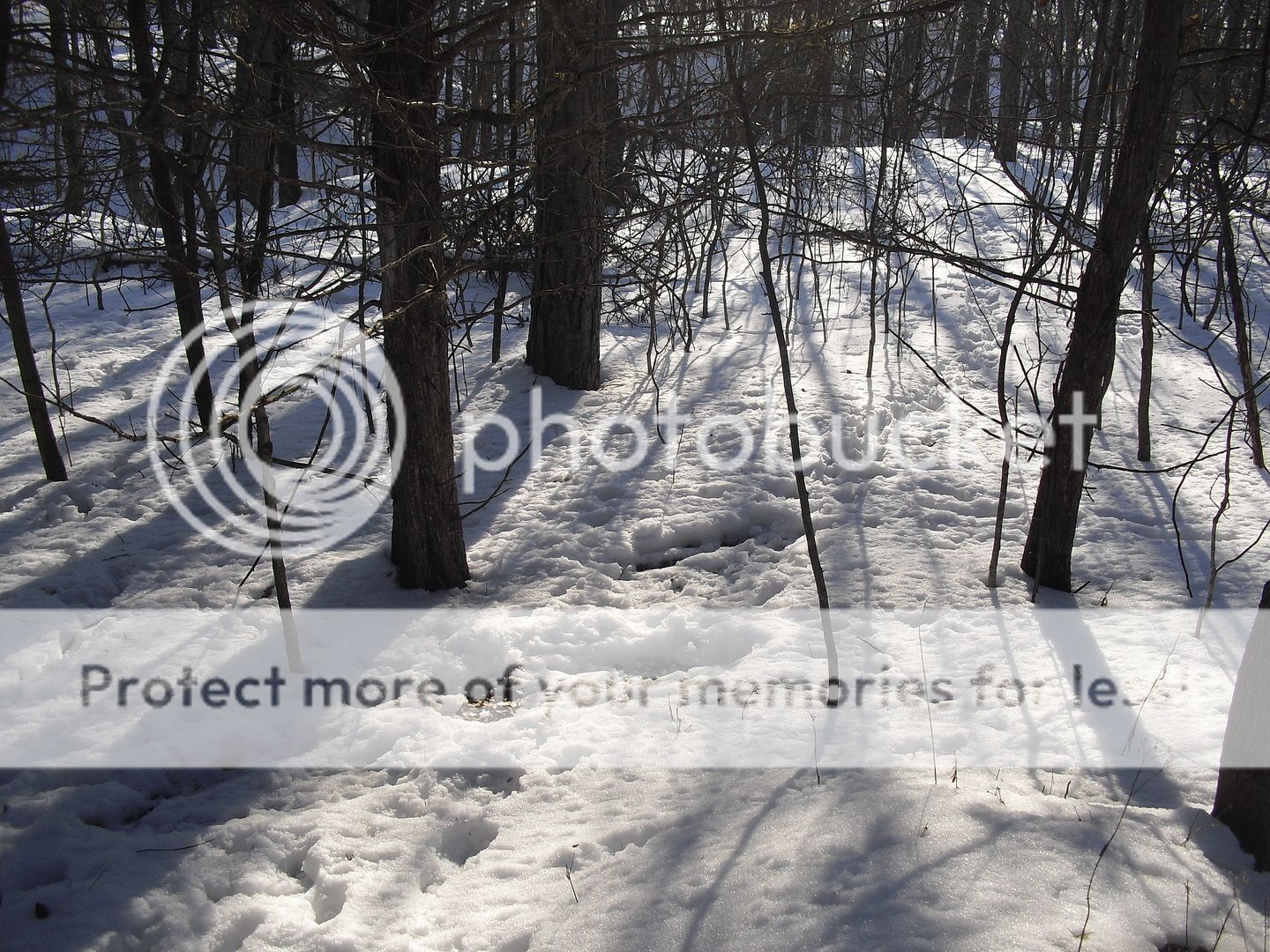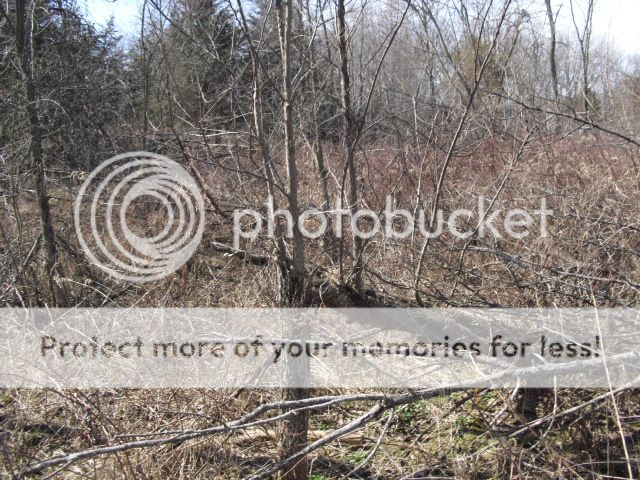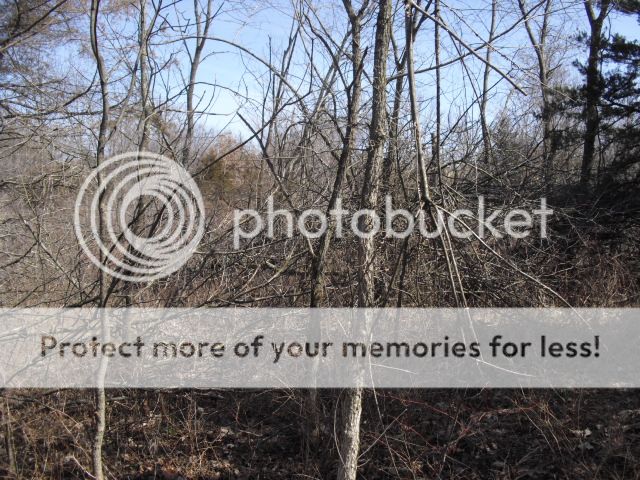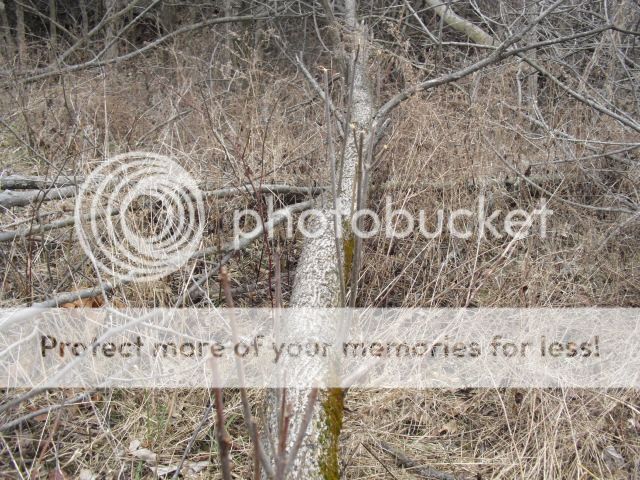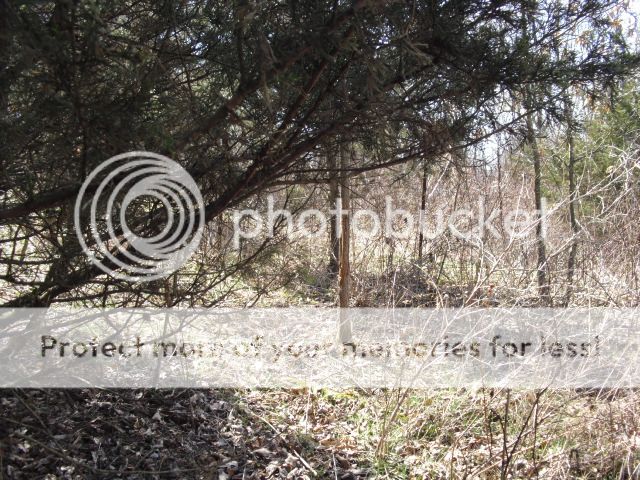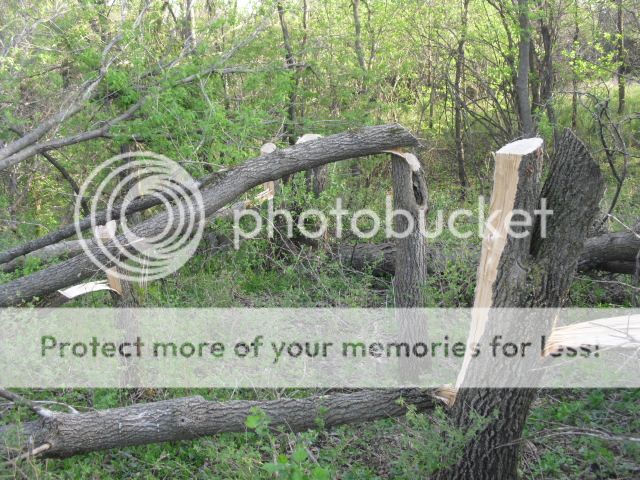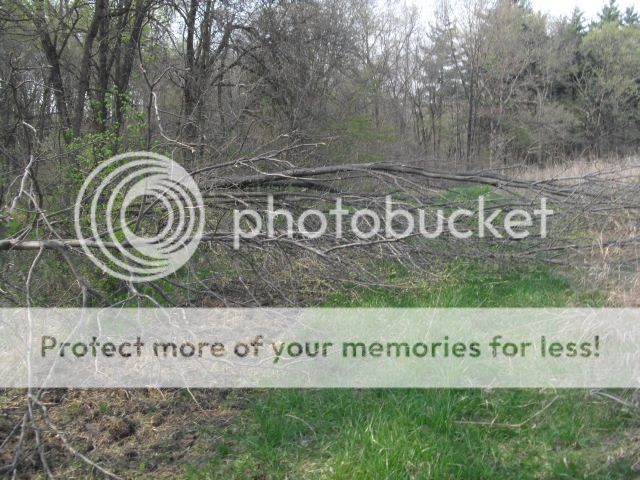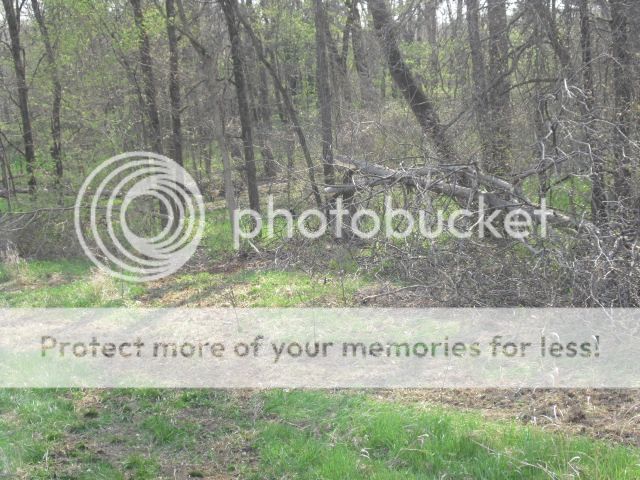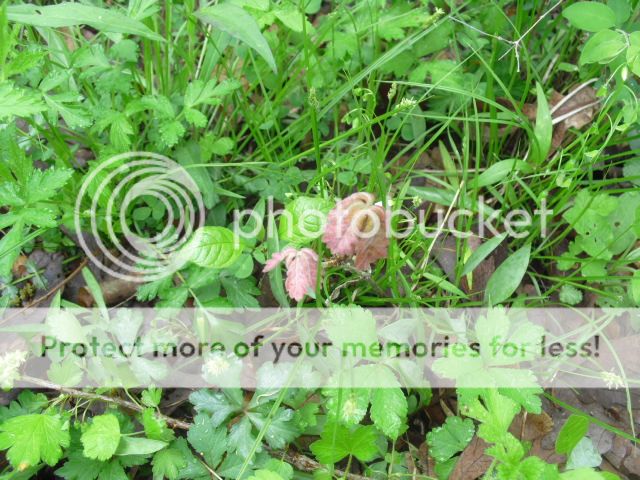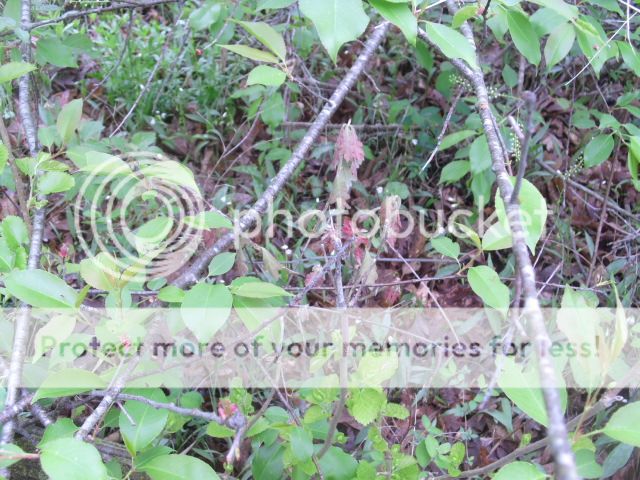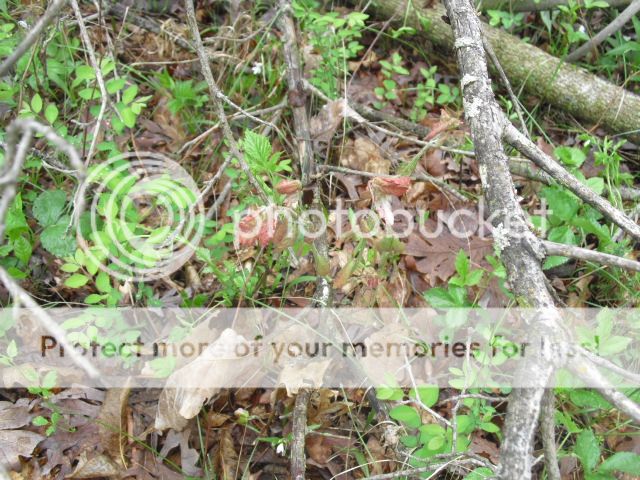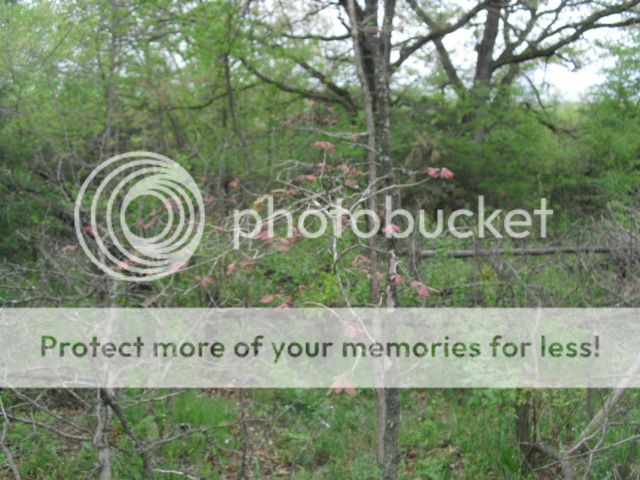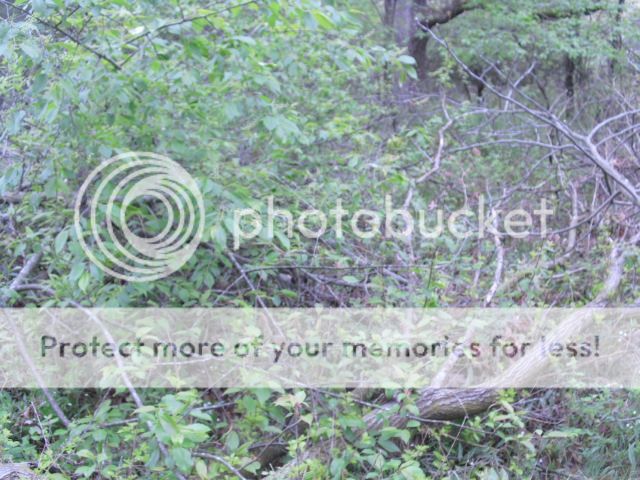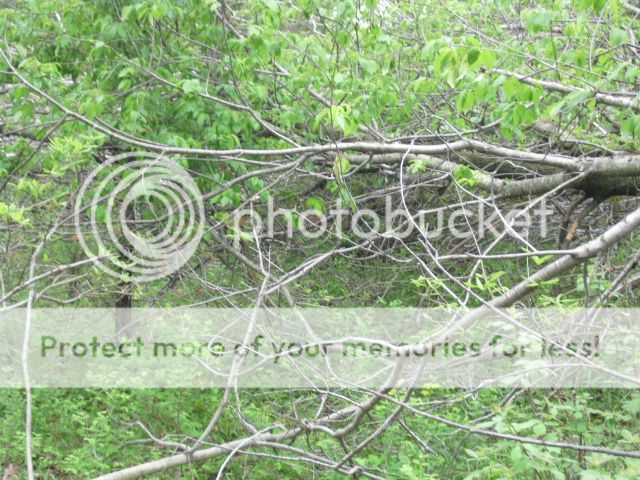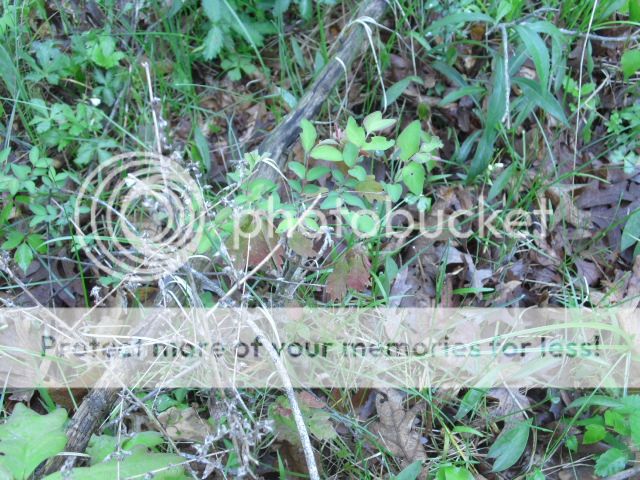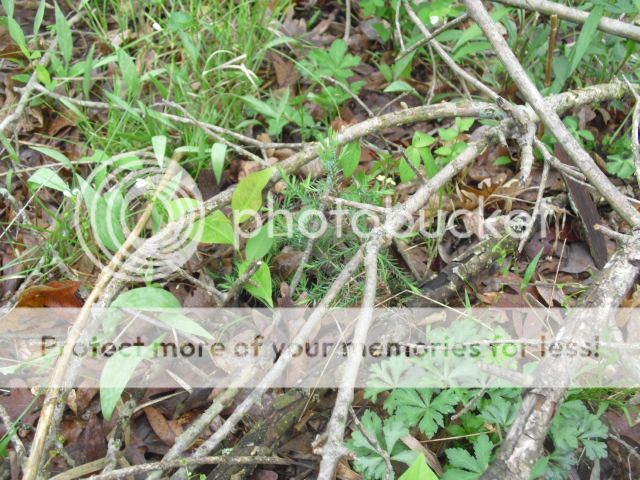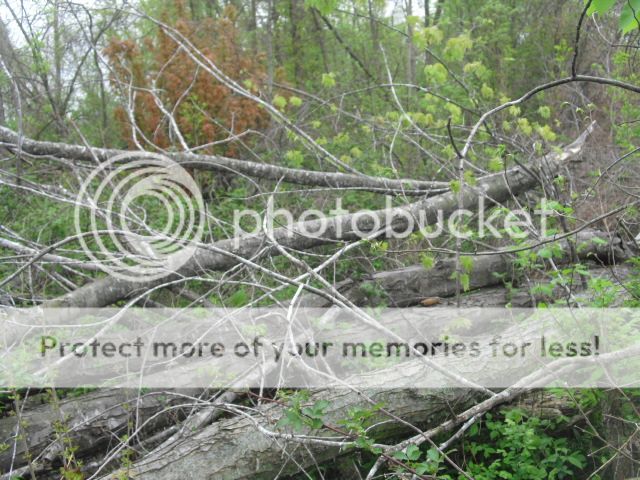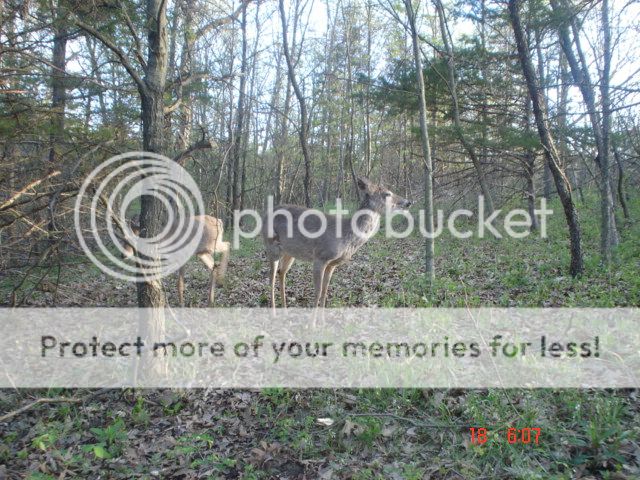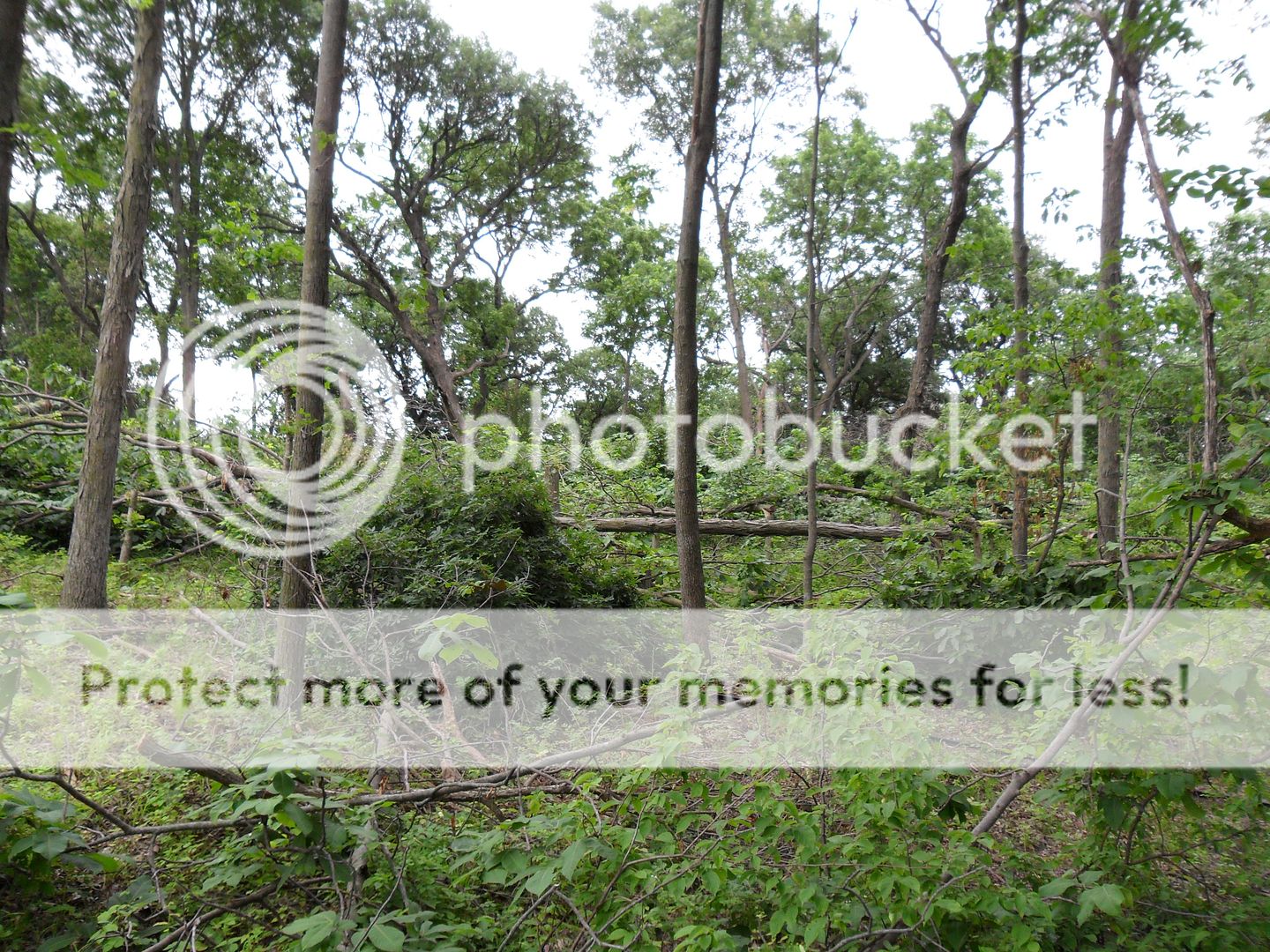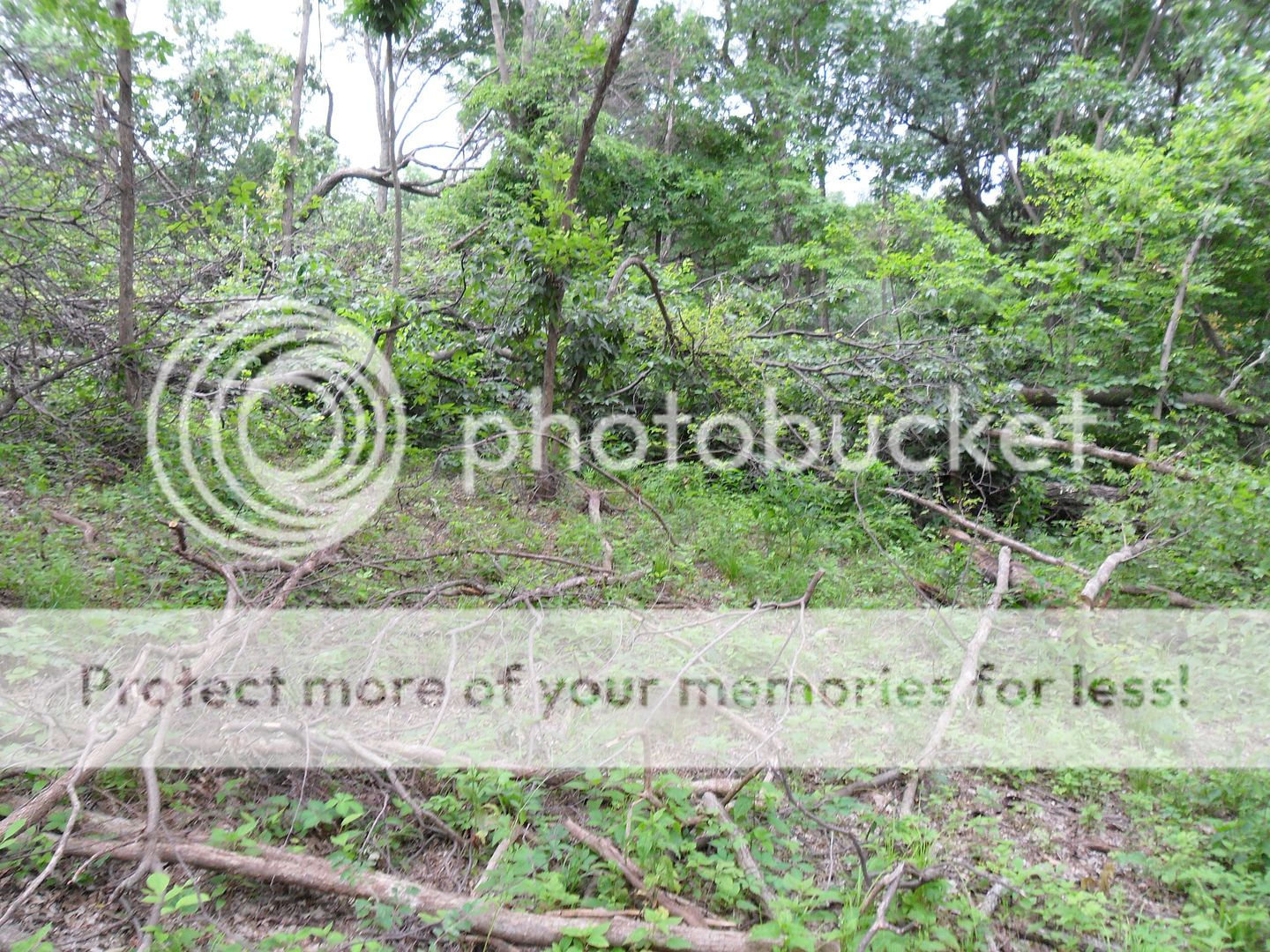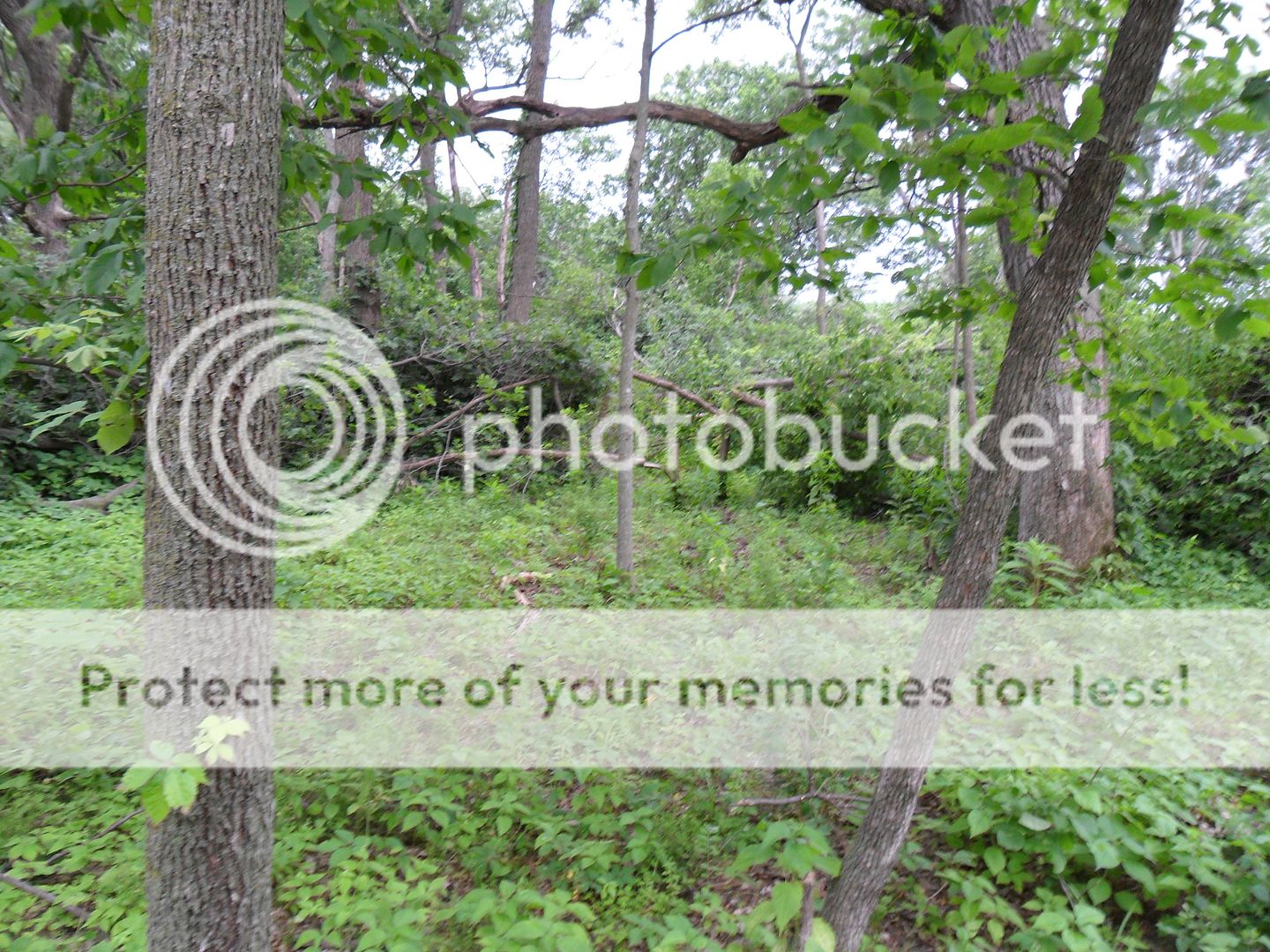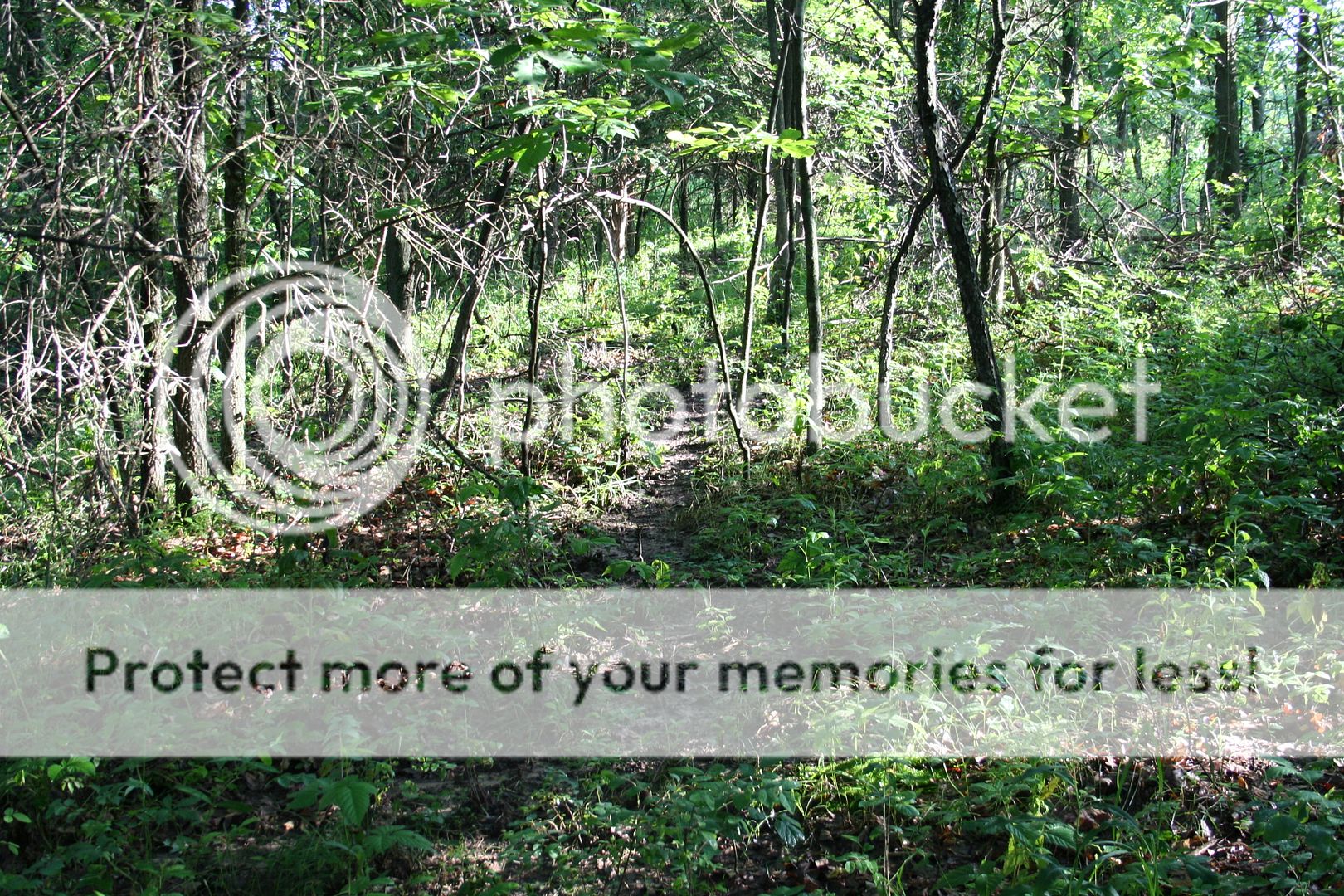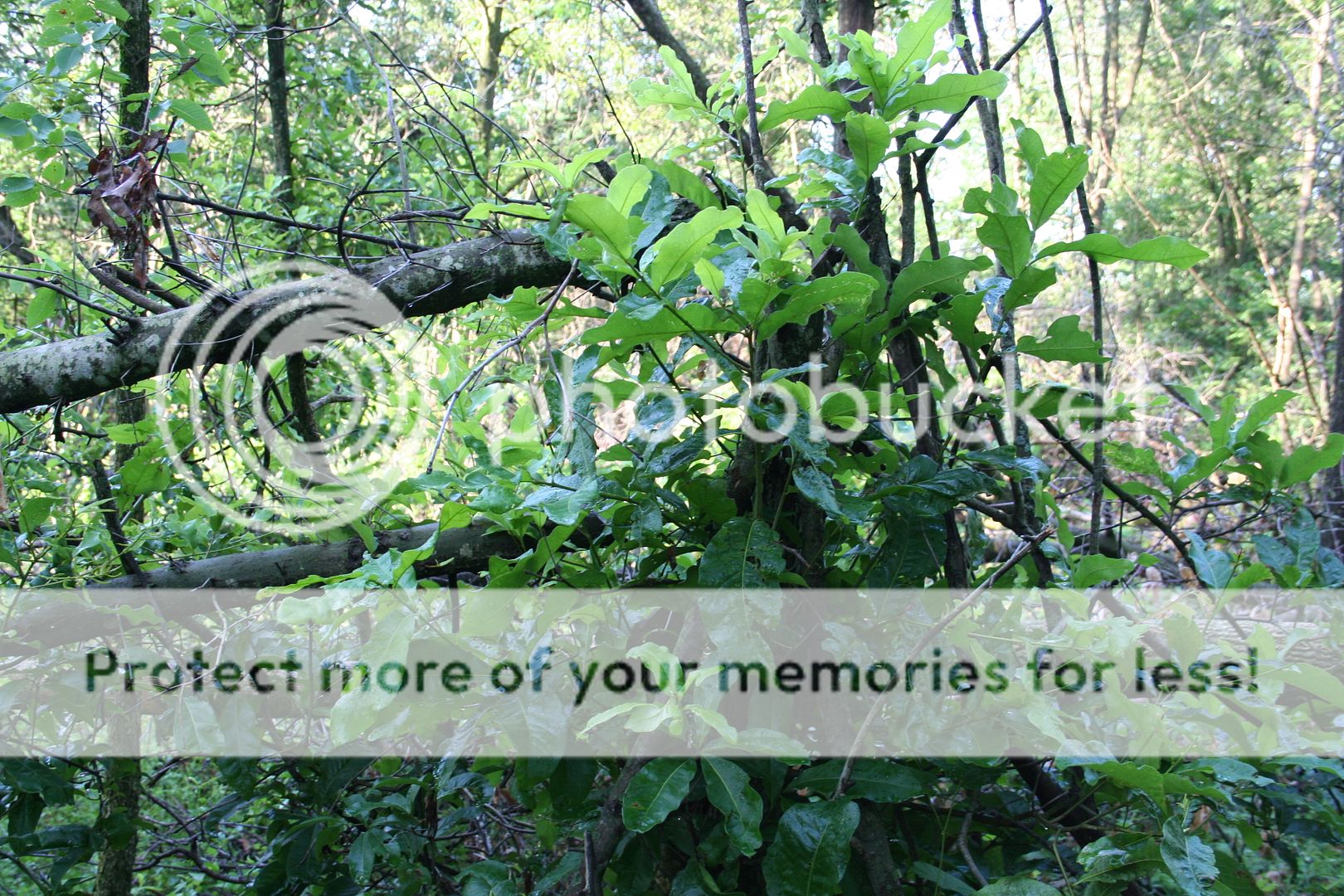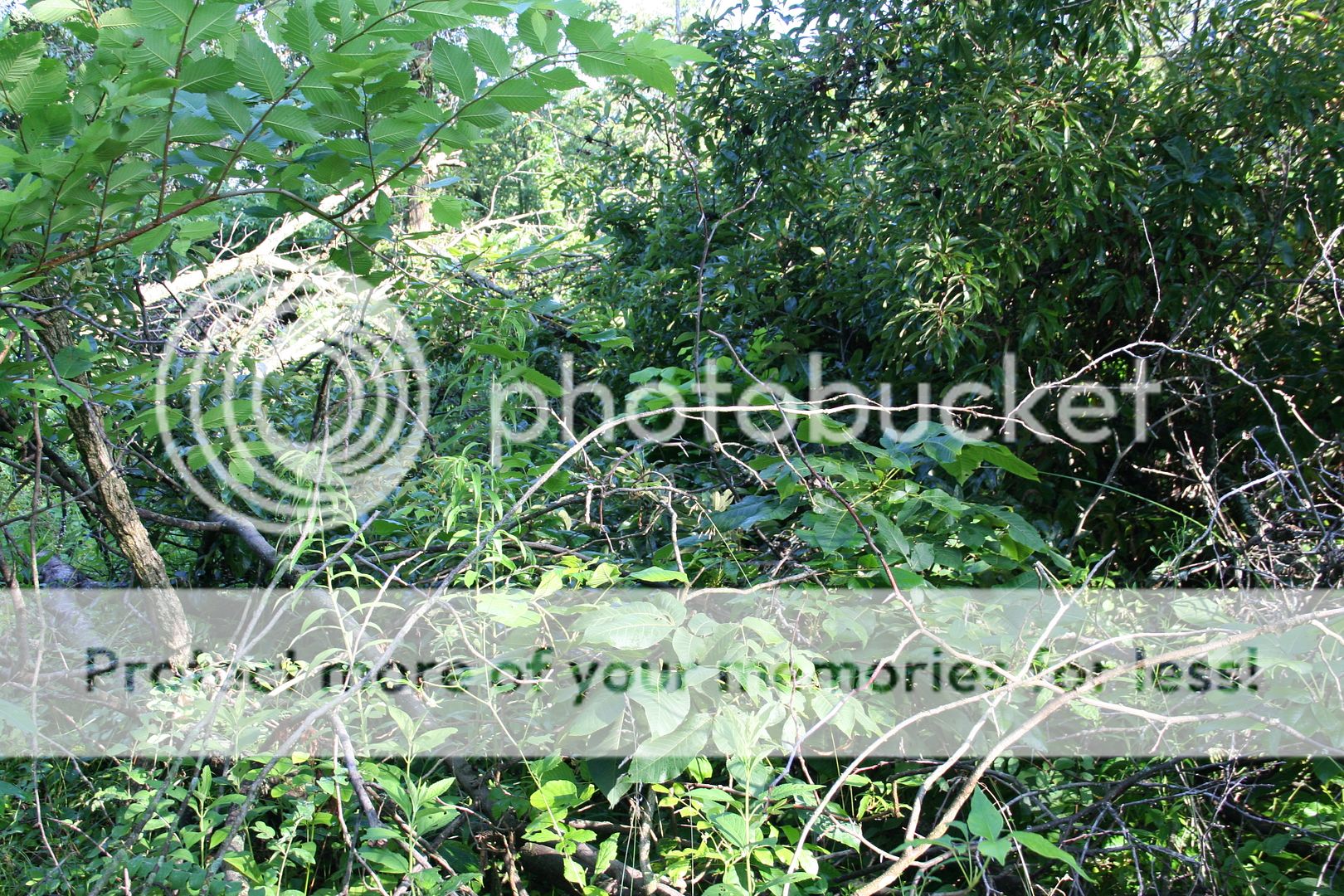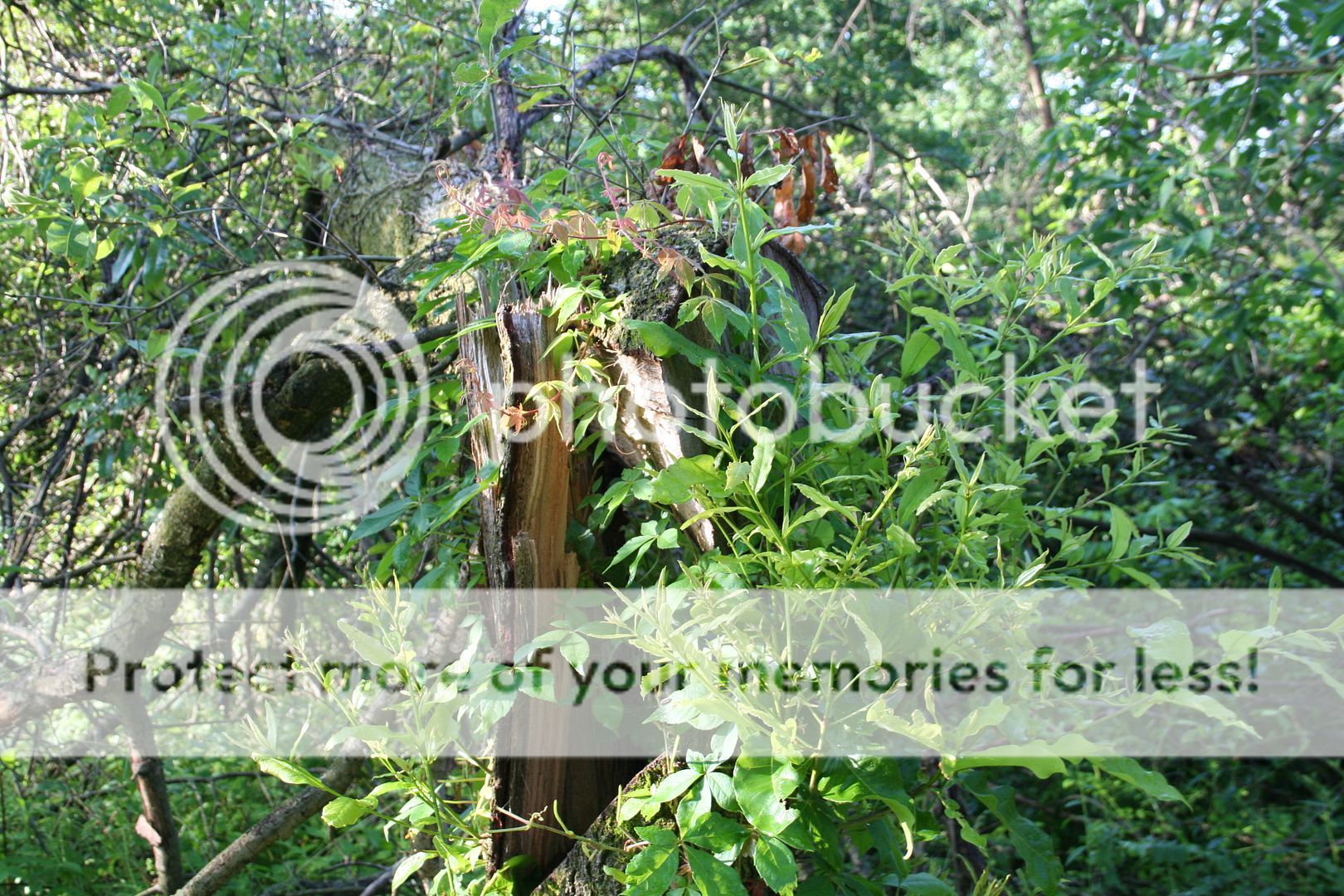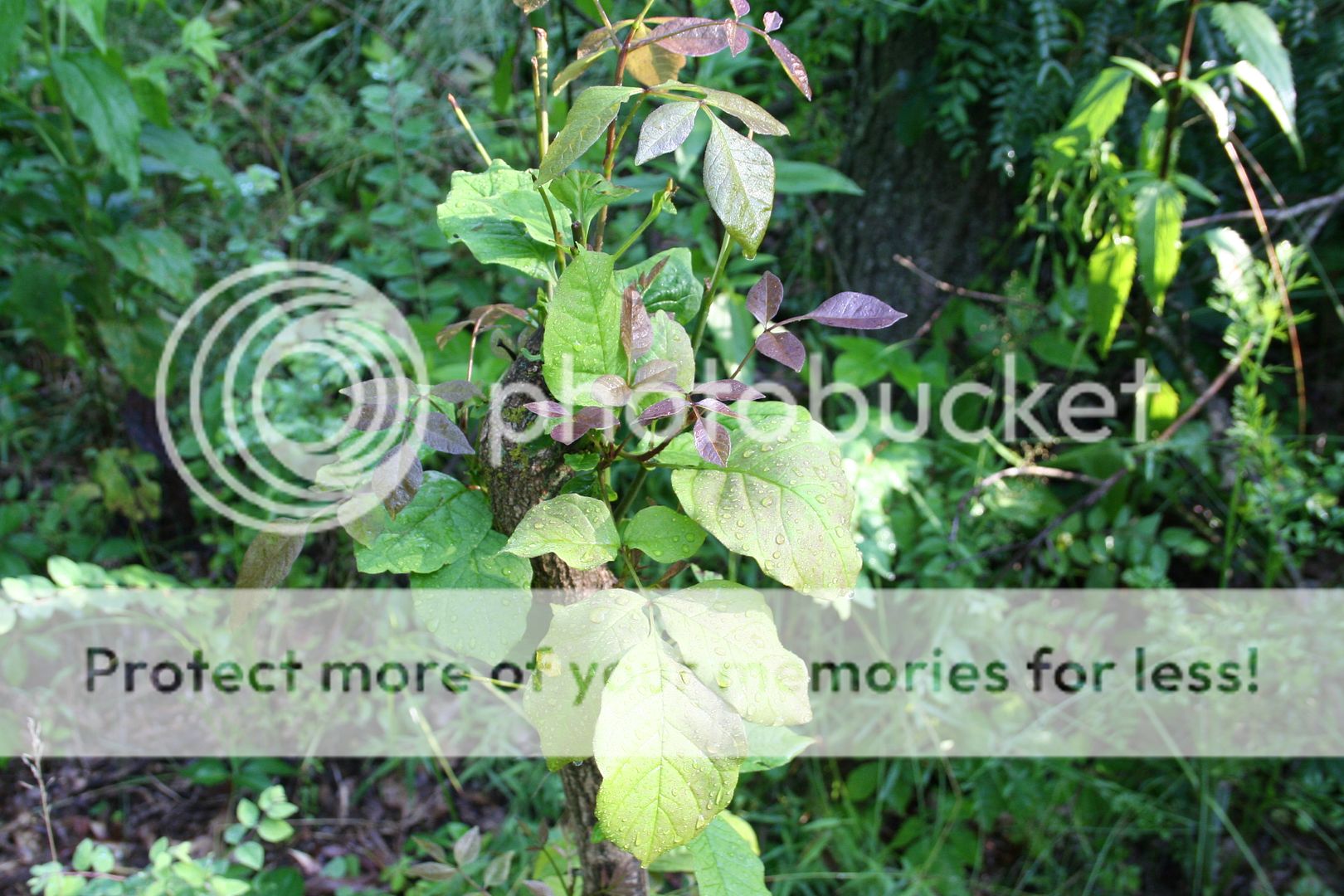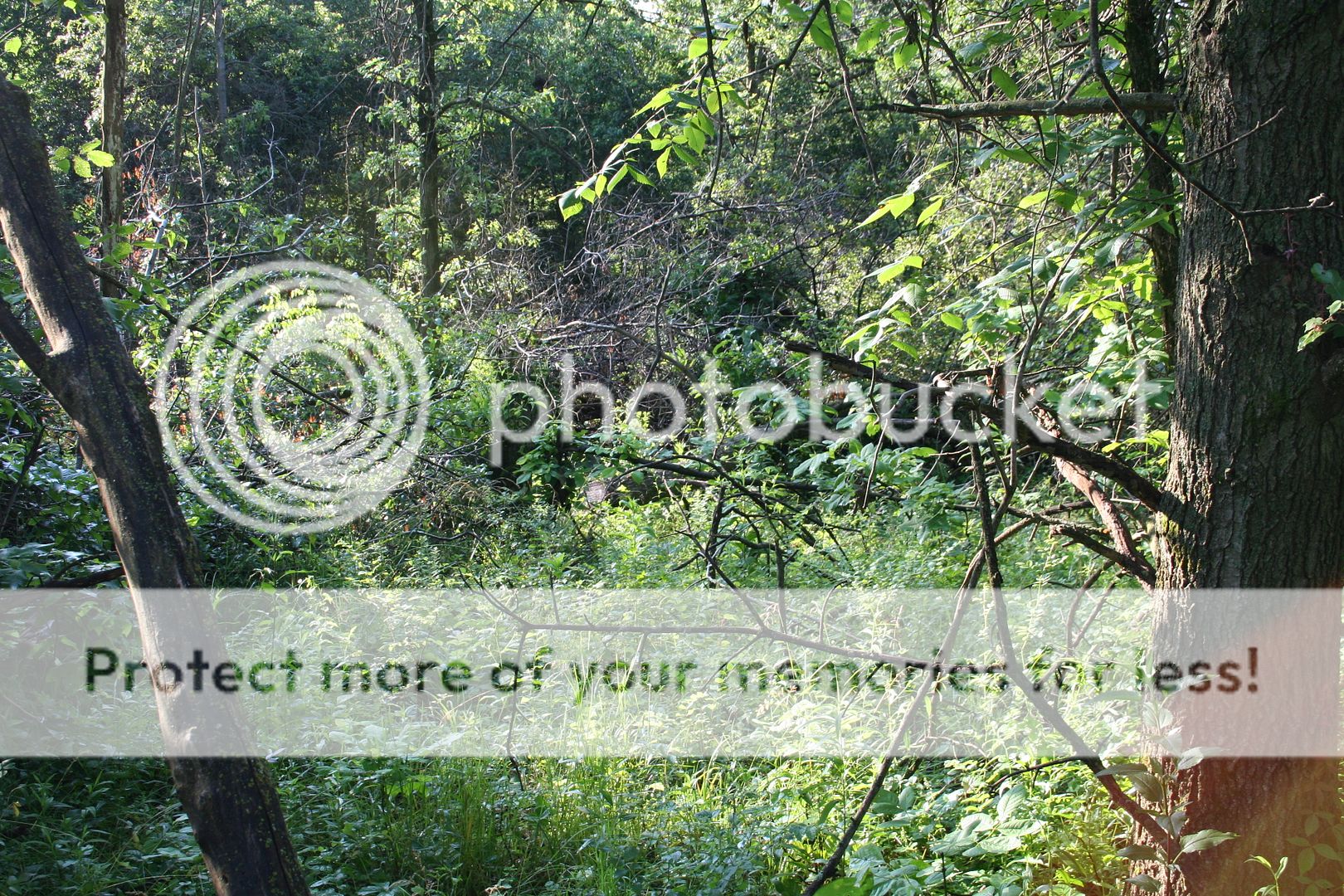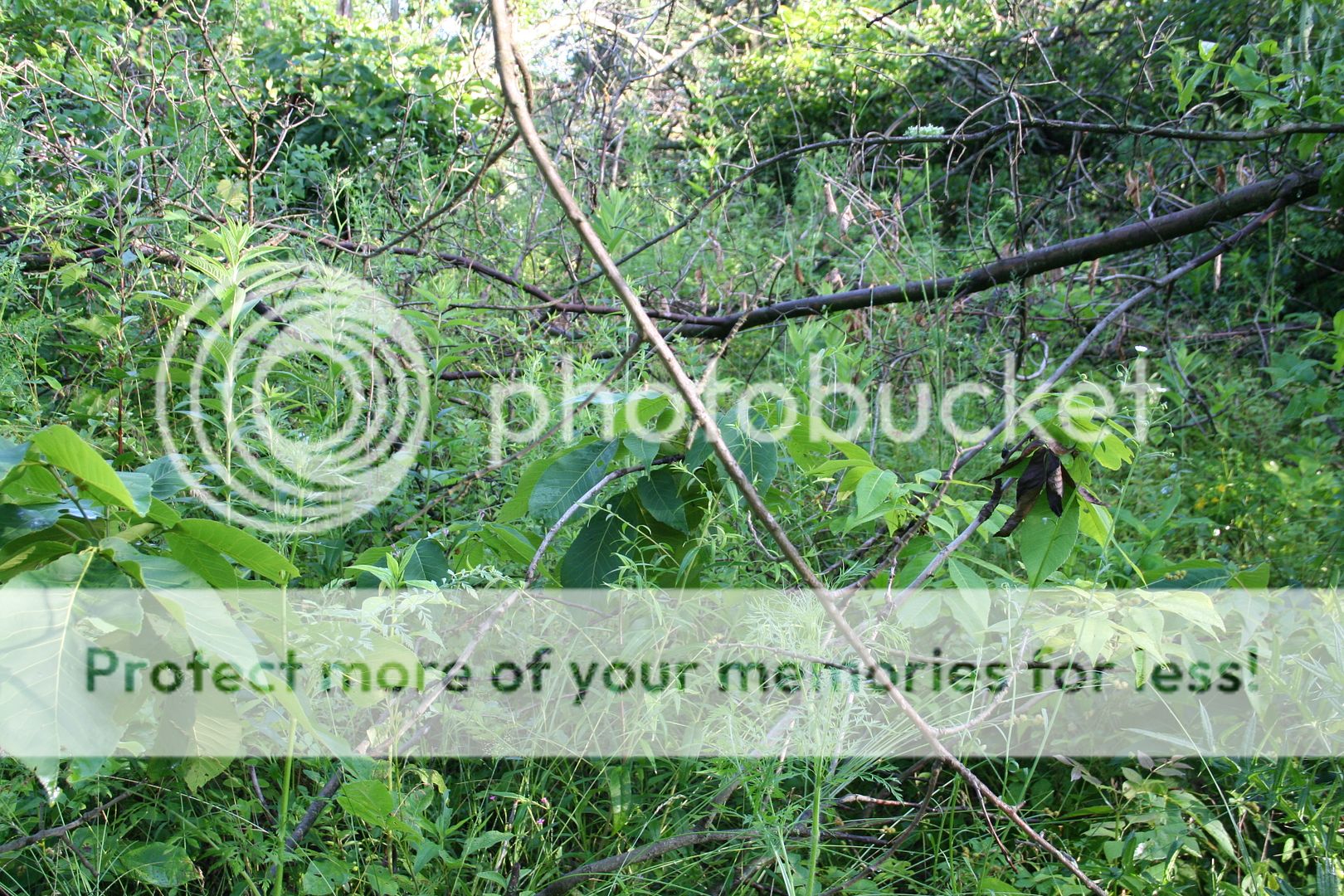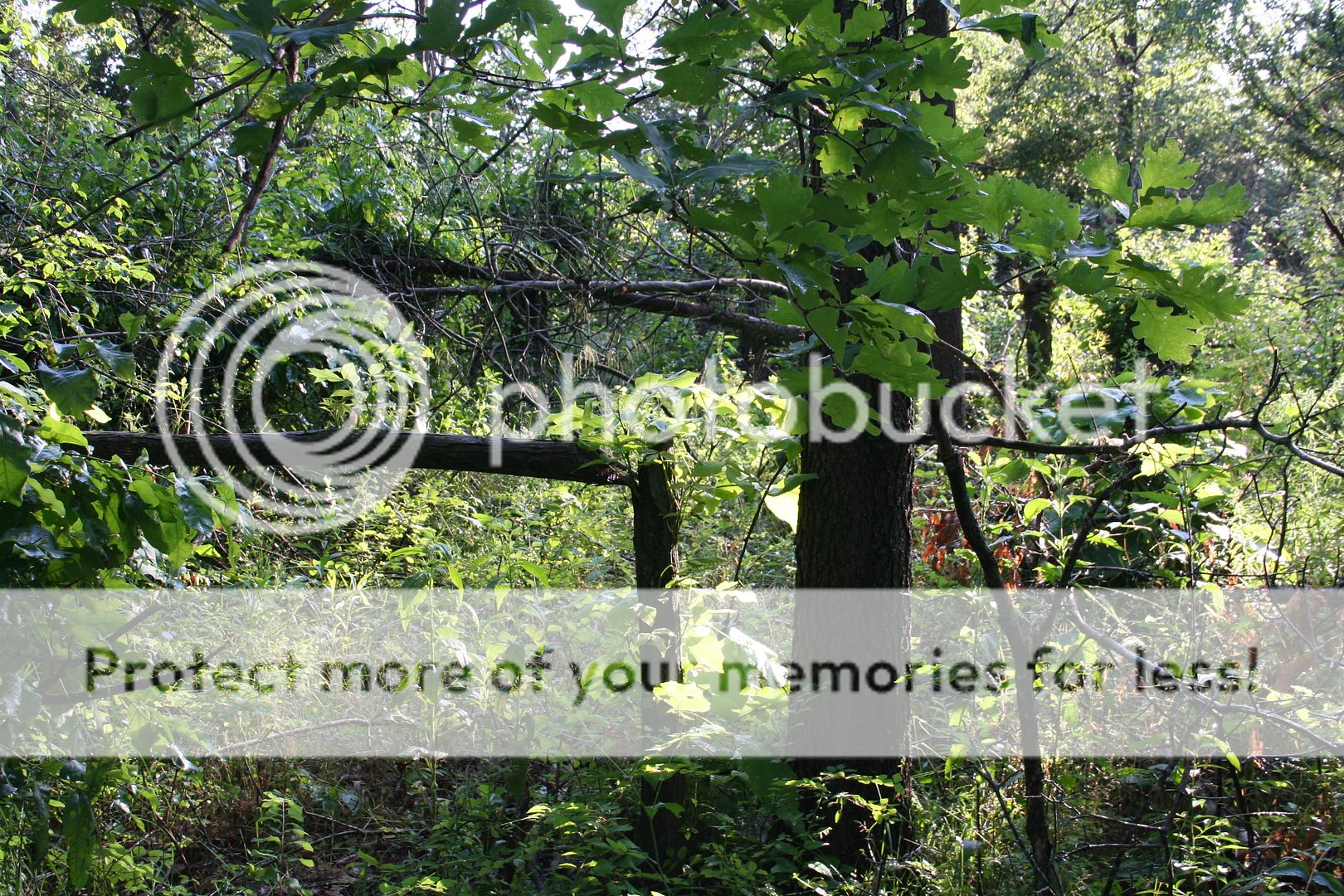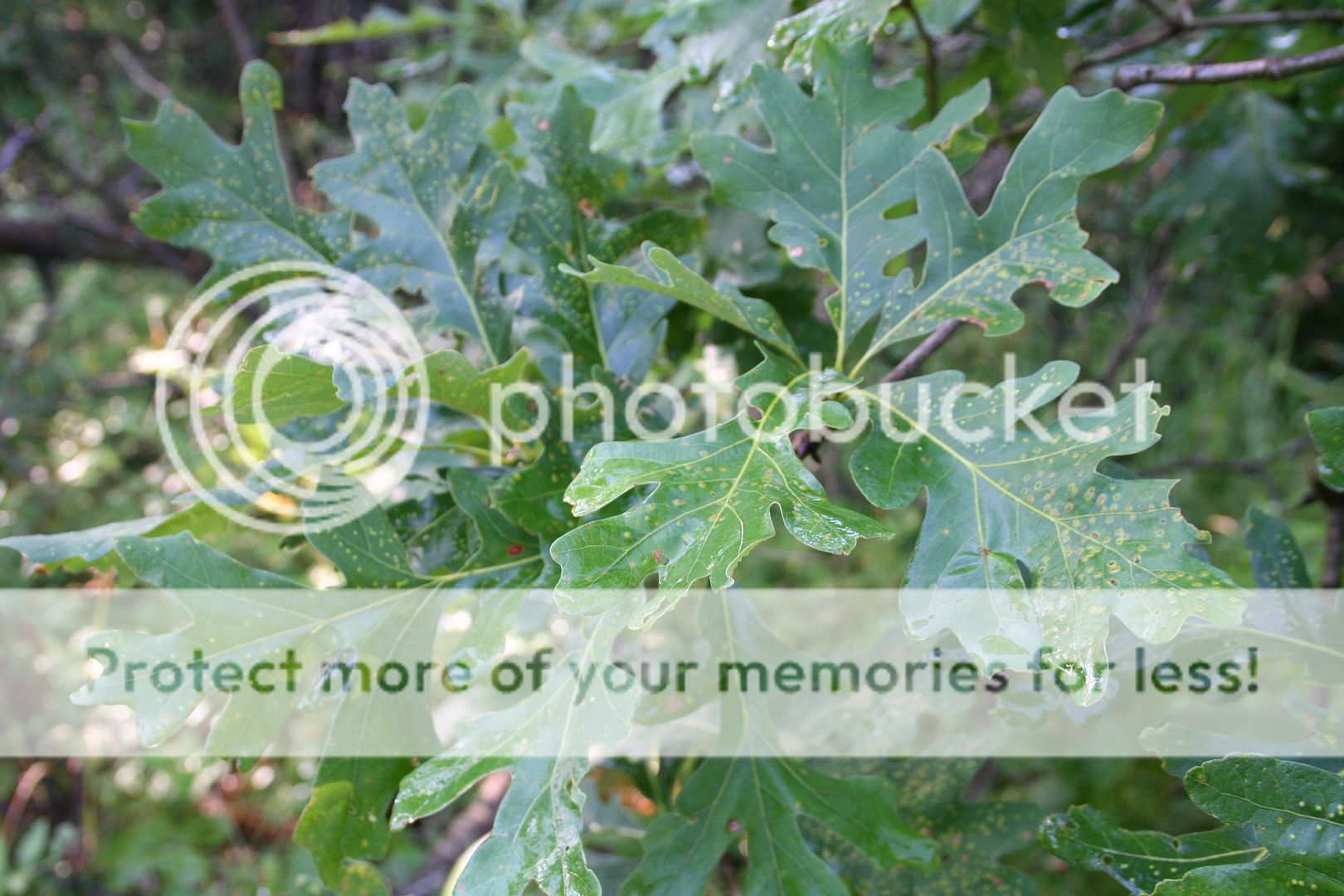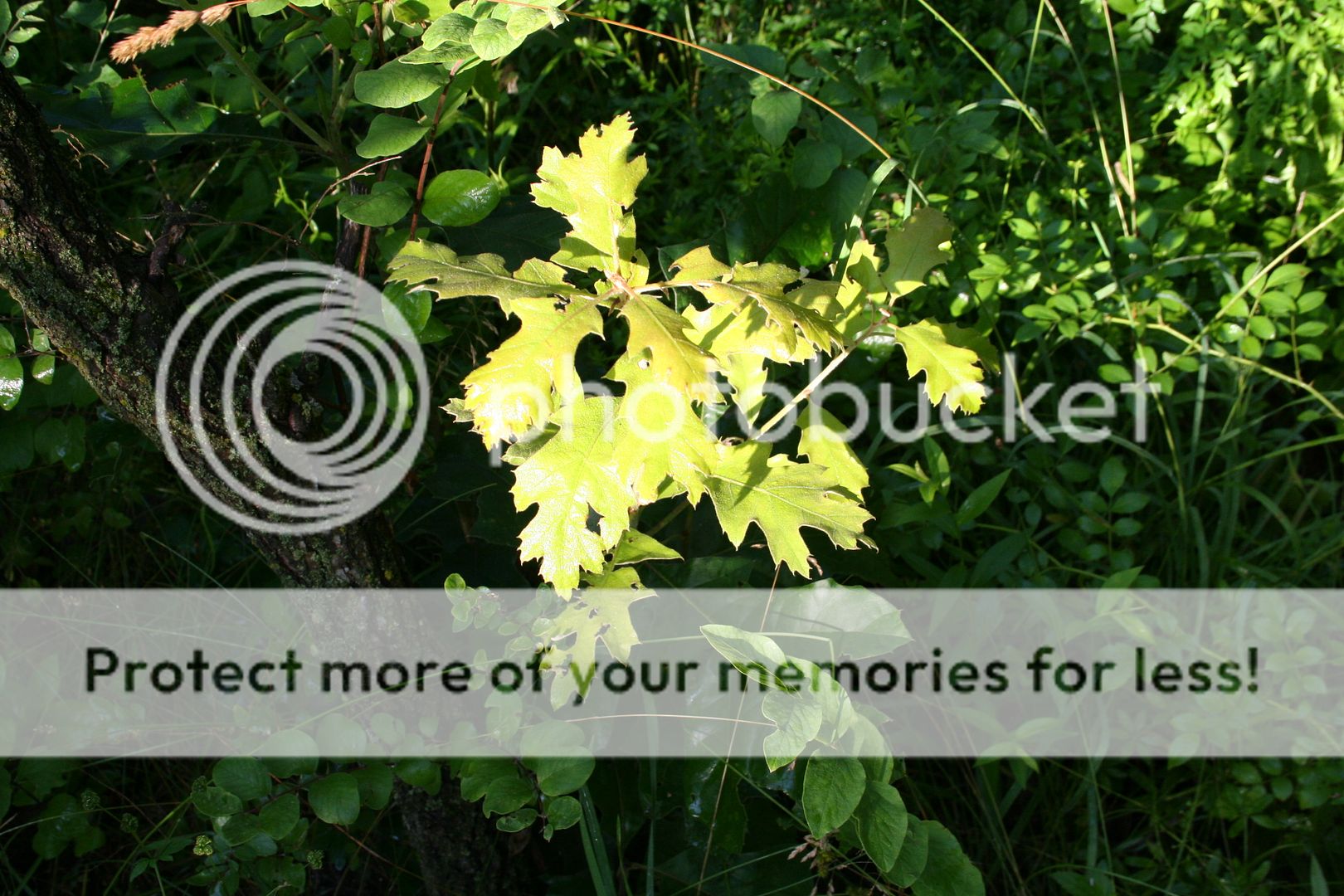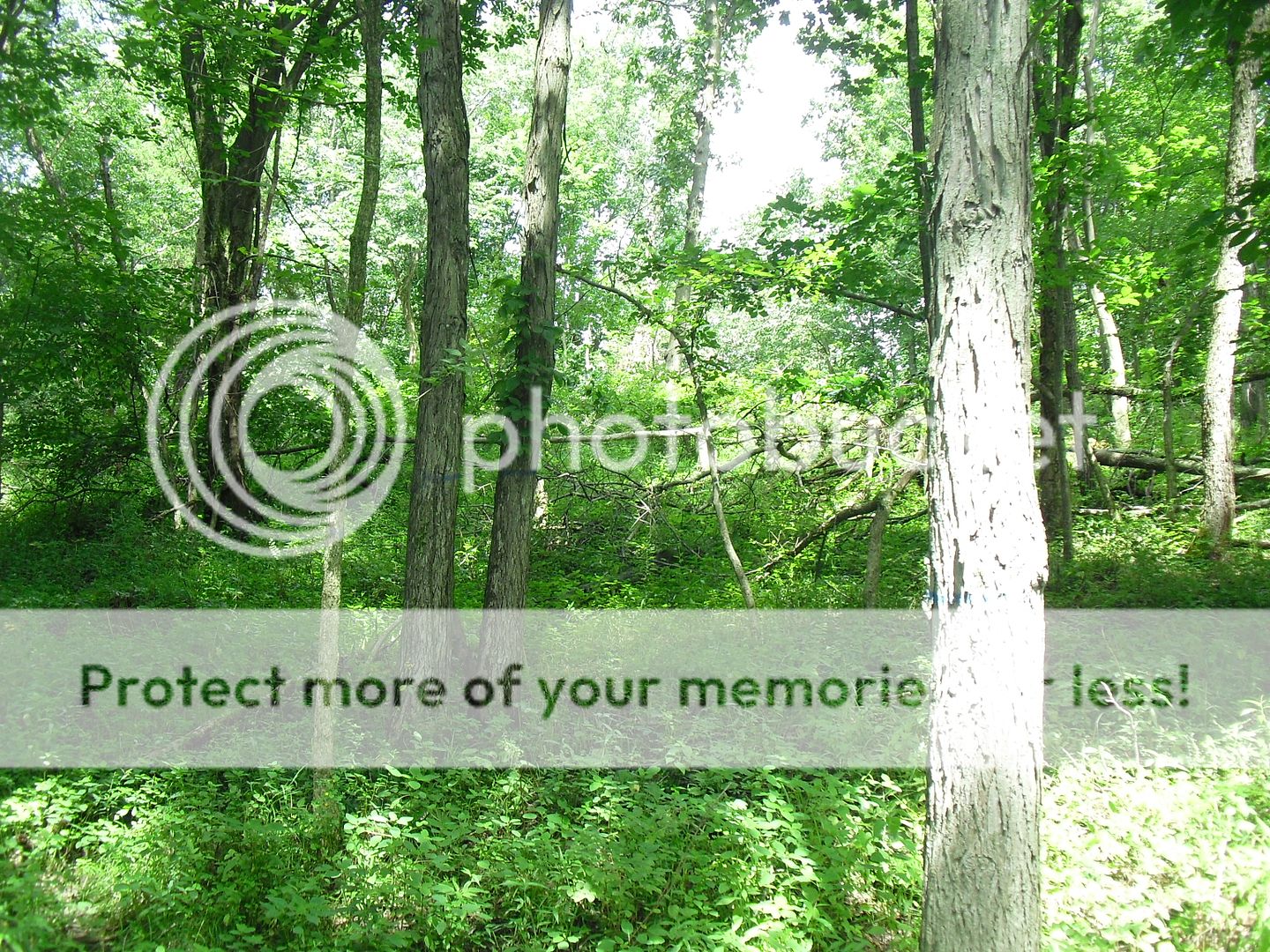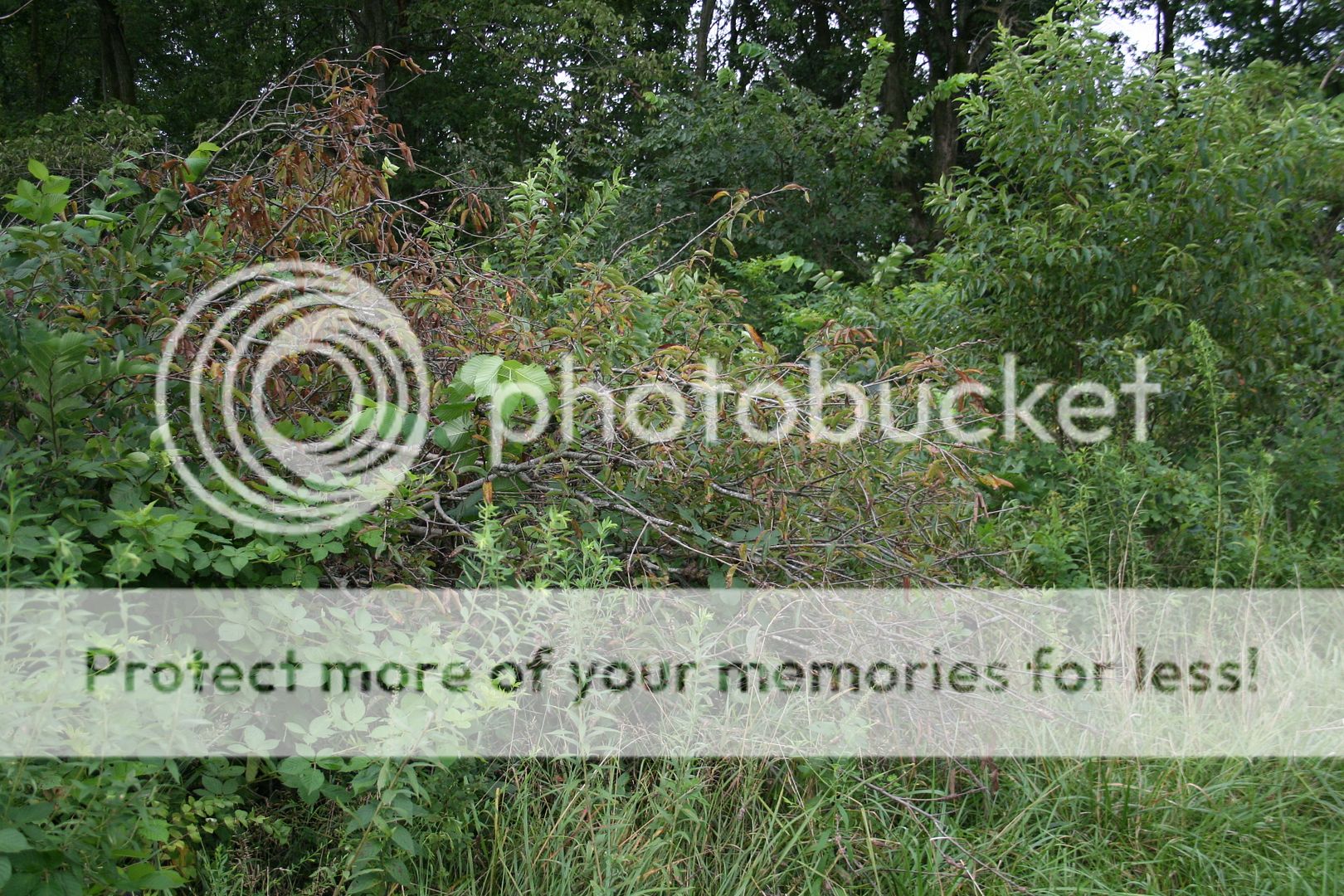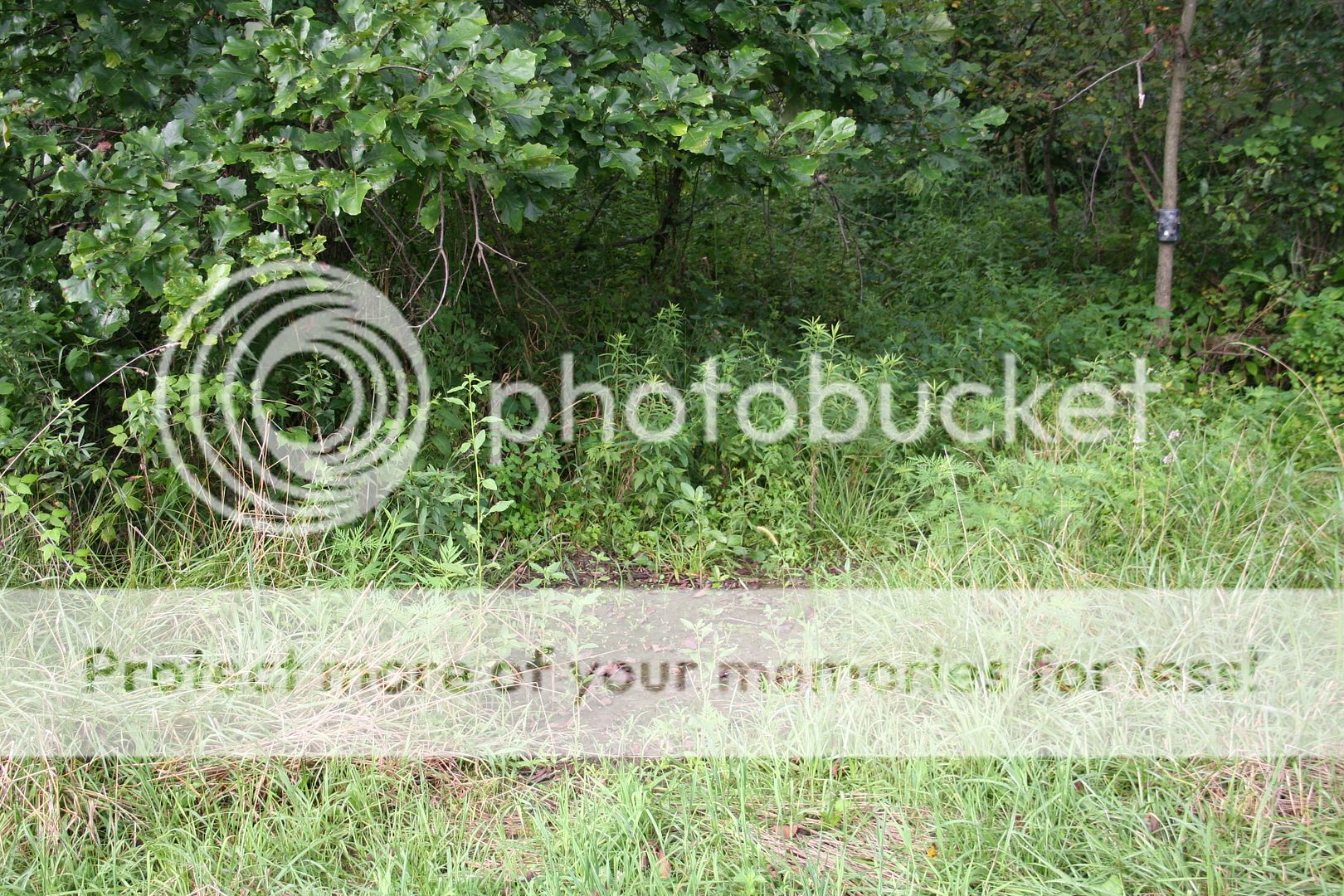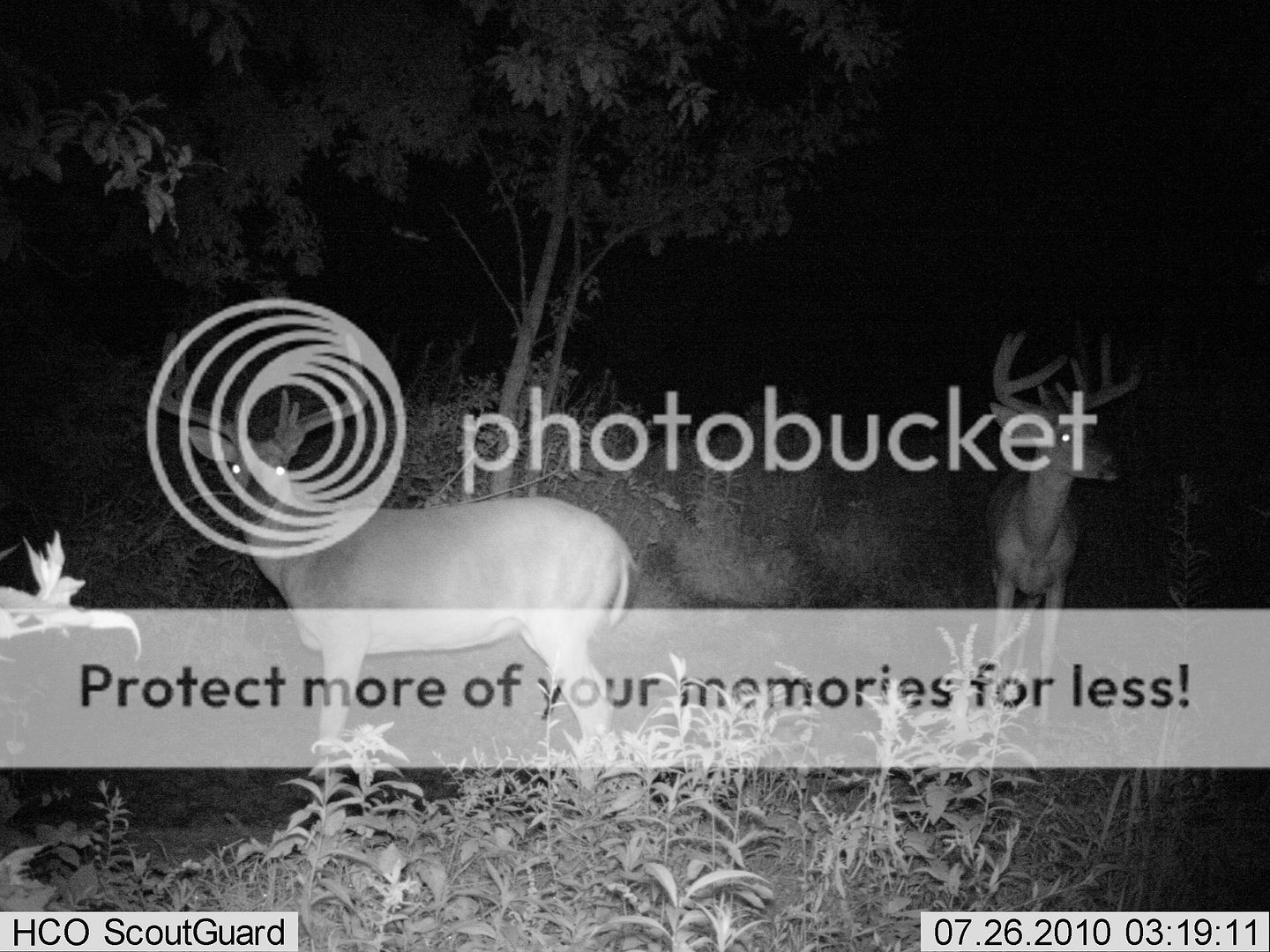My wife’s friend Hattie killed this monster 200+ inch buck some time back not far from where we live during a drive in shotgun season.. I suspect if not for that he may have died of old age living in the oak ridges and red cedar thickets of southern Iowa.

No one picked up sticks or raked leaves to convince him to stay, but instead left him alone in a fairly large tract of cover not unlike other magnificent whitetail bucks across Iowa. Interesting and elusive creatures that few get to see and even fewer actually harvest, but they leave all of us hopeful for the chance.
How then can we realistically increase our chances of harvesting mature whitetails on our land? Food and secure cover meet their needs but if that were it then we would all have Booners on are wall.
I am blessed to be able to hunt deer for 2 months out of our 4 month season and observe them year around which has allowed me to learn a lot about whitetails and their habits in relationship to habitat. Even at that there is much I cannot know simply because of the nocturnal nature of a mature buck, we can however learn a great deal from telemetric studies done by Dr. Kroll, Dr. Mickey Hellickson, Dr. Mark Conners and others.
Much of it is common sense and anyone having spent much time pursuing mature whitetails can already relate to the following table showing that other then November….movement is between 70-100% nocturnal for mature whitetails..
Table 1. Percent of bucks that leave their home range for an extensive movement. These data are from 15 bucks, all over 2 ½ years of age.
% bucks that move
from their home range day time mvmt. night time mvmt.
Sep 24-Oct 14 13% 0% 100%
Oct 15-Nov 4 40% 30% 70%
Nov 5-Nov 25 58% 73% 27%
Nov 26-Dec 16 20% 30% 70%
That narrows the odds then to a certain time period but how much area does a mature buck use?
Home range sizes for those same bucks at 5.5 years of age was 450 acres
That is pretty typical of what I see in Iowa with larger animals typically living in larger areas of cover where they are completely unmolested. We may attract and hold a mature animal on smaller tracts but when they are most vulnerable they are also most likely to travel and sometimes 10-25 miles.
To complicate matters more it is common for bucks to have 2-3 core areas that may be 1-2 miles apart and again this correlates with my own observations. In spring bucks tend to move out into large fields of CRP grasses, in the heat of summer they may bed in the bottom of creeks on sand bars. Early fall brings about more movements as they prepare for breeding and feed heavily at night. The change between summer and fall is also noted in the QW article
Barn Bucks
The rut has them on their feet and moving in a relentless search for a doe in estrus and little time is spent eating or sleeping as they probe doe bedding areas and quickly move to the next, using their noses rather then their eyes to search out their quarry. The late season finds them actively seeking food sources and traveling several miles if necessary to find it and those that plant only one food source may find themselves left holding the bag.
Once we have a true understanding of a mature whitetail bucks needs, habits and movements and how they change through out the year we can begin to improve our habitat to meet those needs. This same understanding also makes it clear why landowners find attempts at making individual beds ineffectual in actually harvesting mature animals.
So we only have an 80 or 120 acres, how then can we hope to compete when an animal has a 450 acre home range? We can make our property the best piece of that home range and manage our habitat in a way that greatly increase the odds of intercepting that animal during his most vulnerable time.
Here in Iowa large mature animals will often choose large areas of relatively open timber or CRP fields over small thick areas simply because that is where they find the greatest security. In these areas they live completely unmolested and because of their nocturnal nature are seldom seen.
Our mission then is to create that same sense of security starting with shrub and conifer screens around the perimeter of our property allowing deer to feed and move despite roads, vehicles and people. We insulate them even further by planting interior fields with tall native prairie grasses and surround timbered woodlots with conifer screening.
Our timber is thickened by hinging, oak mast increased by TSI practices and food sources are maintained year around by planting a variety of crops planted in safe well screened areas between bedding.
Exactly where a mature buck will bed is impossible to predict but one thing is certain, he will seek out the doe groups and travel during daylight hours in November. In addition other traveling bucks will also visit and all of these deer can be killed by using living tree fences to manipulate movement and vastly narrow and even the odds of success.
Hinging cull trees plays a huge part in all of this but it is only one element, one piece of the habitat pie required to meet the needs of mature whitetails and landowners should use care not to leave any piece missing.
The following Q/A is from Dr. Kroll and his telemetric studies:
Q: How much less active does a buck become during daylight hours as he ages?
A: Once a buck reaches maturity, he might as well be a different species. A mature buck is 90 to 95 percent nocturnal. At an advanced age, he tends to become more foolish, exposing himself to harvest
Q: How much more active do bucks become during the rut?
A: The rut is made up of several phases. What most hunters call the rut is the chasing period, when bucks are visibly pursuing does. The greatest movement increase actually occurs during the pre-rut, when bucks are positioning themselves for breeding. The next-most active period is the chasing phase. The least movement occurs during peak breeding when bucks are "nailed down" with does. The next slowest period for buck movement is the post-rut, when bucks restrict movement to conserve energy.
Q: Most hunters can identify a breeding scrape. Are scrapes an important tool for deer hunting?
A: I pay little attention to scrapes. Most scrapes are worked at night in staging areas. I spend my efforts on rubs, which bucks use year after year. If you map out rubs, you can identify the buck movement patterns on the property where you hunt.
Those answers only serve to further amplify the need to hunt during the rut and to hunt bottlenecks rather then waste time foolishly watching scrapes that mature animals will rarely if ever touch in daylight hours.
If you take nothing else from this at least remember this....during the time when a mature buck is most vulnerable he is least likely to bed at all let alone in the same place an daytime movment will most likely be in and through areas he feels secure rather then open or edge areas.
Everyone has different goals but if yours is to consistently harvest mature bucks then it may be time to change not only your habitat but the way you hunt it as well…

